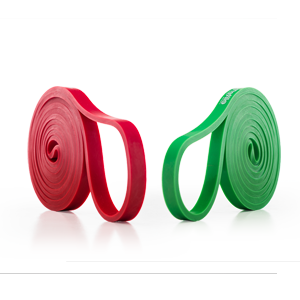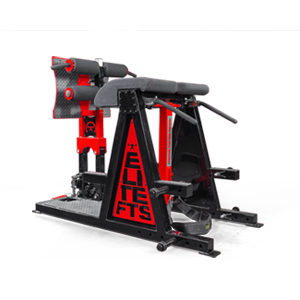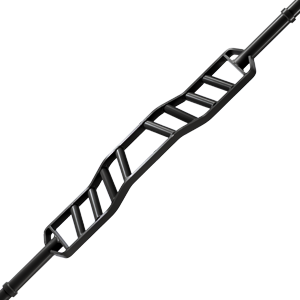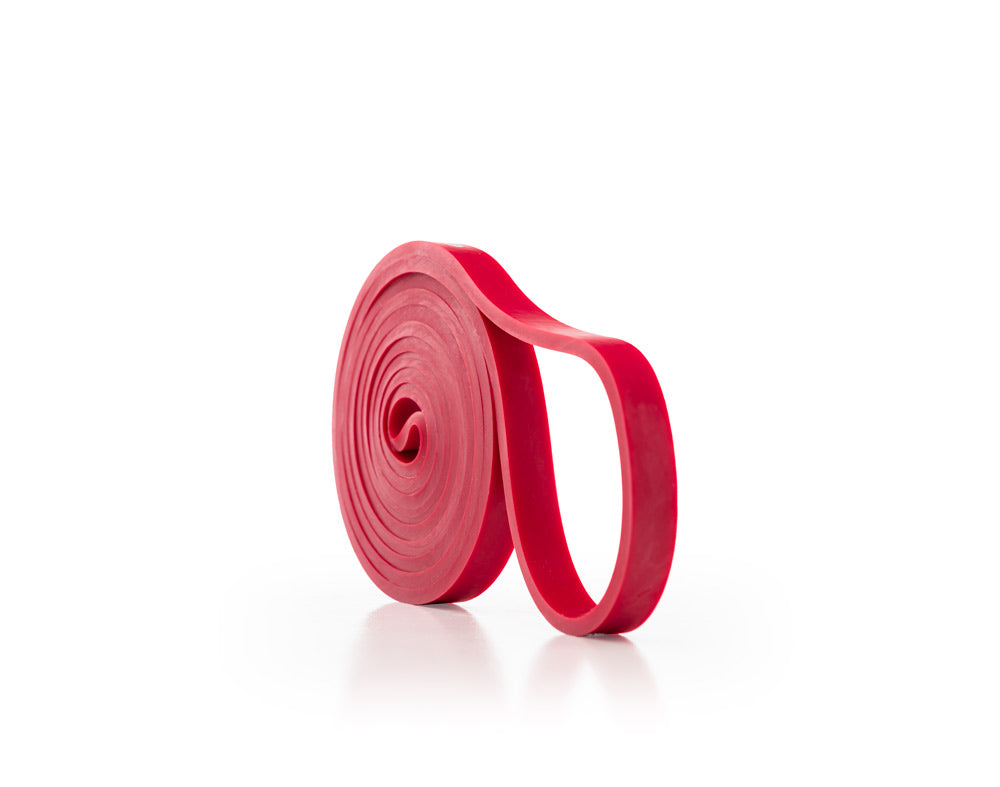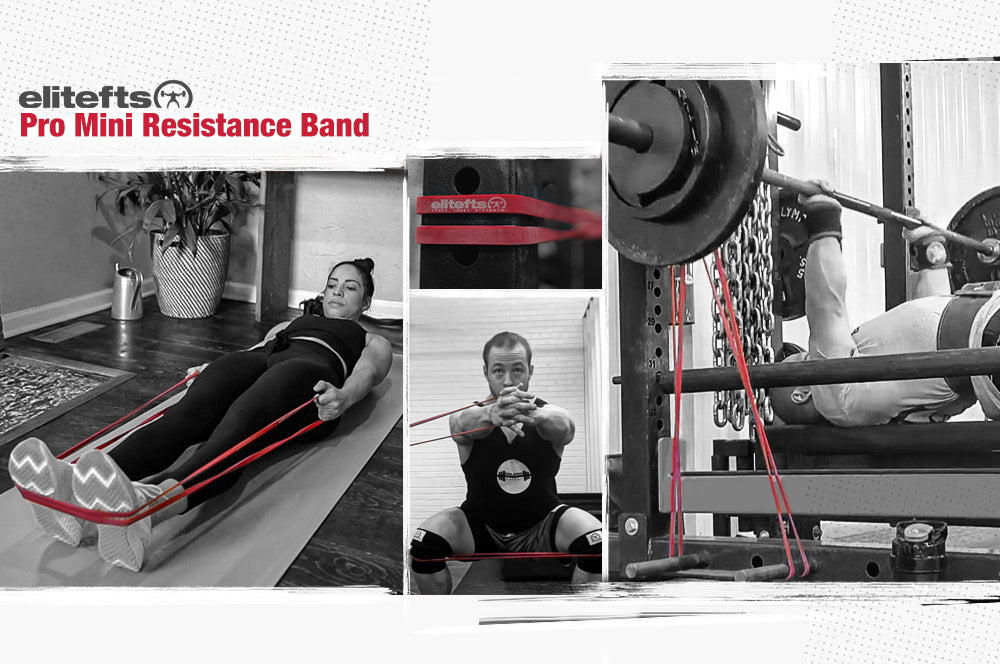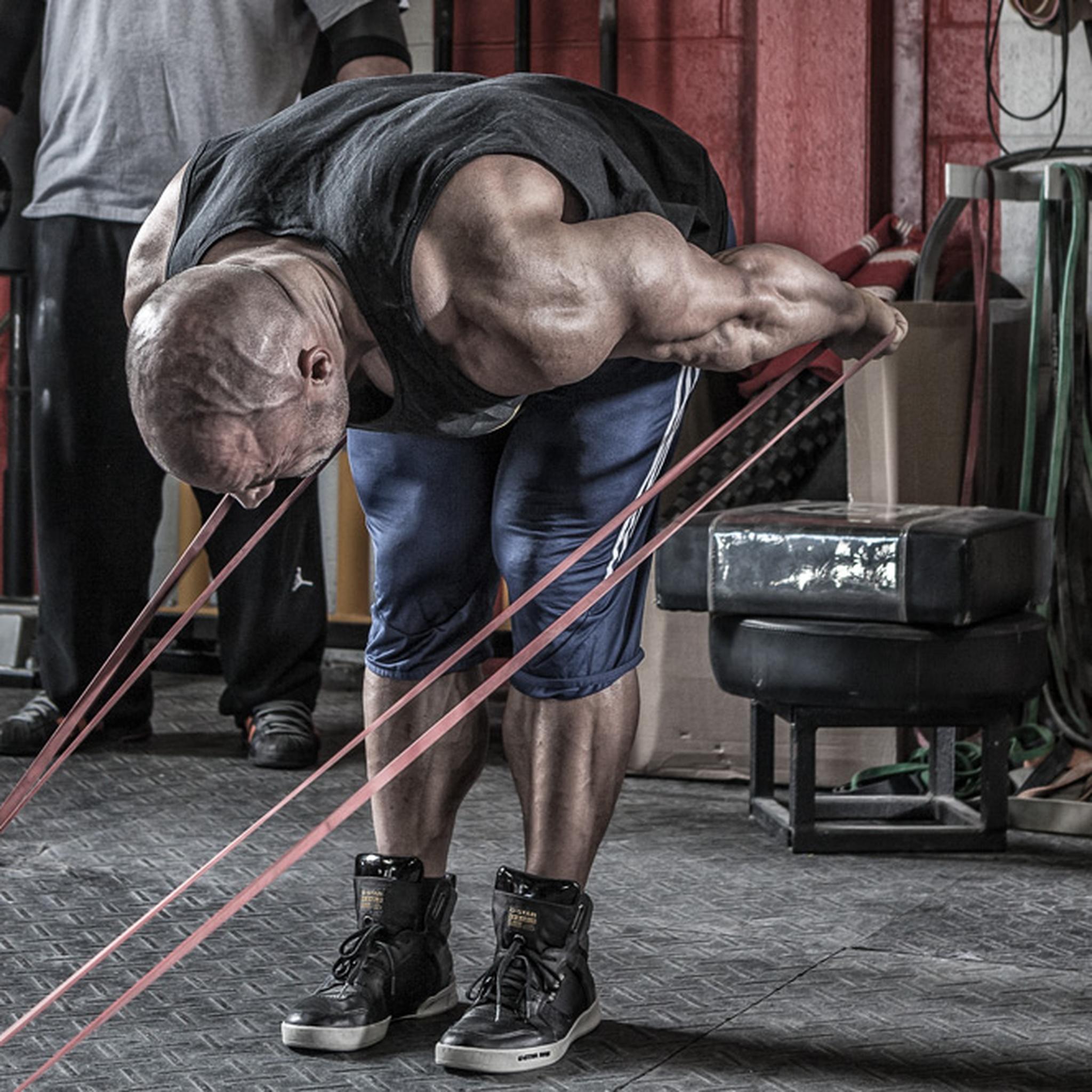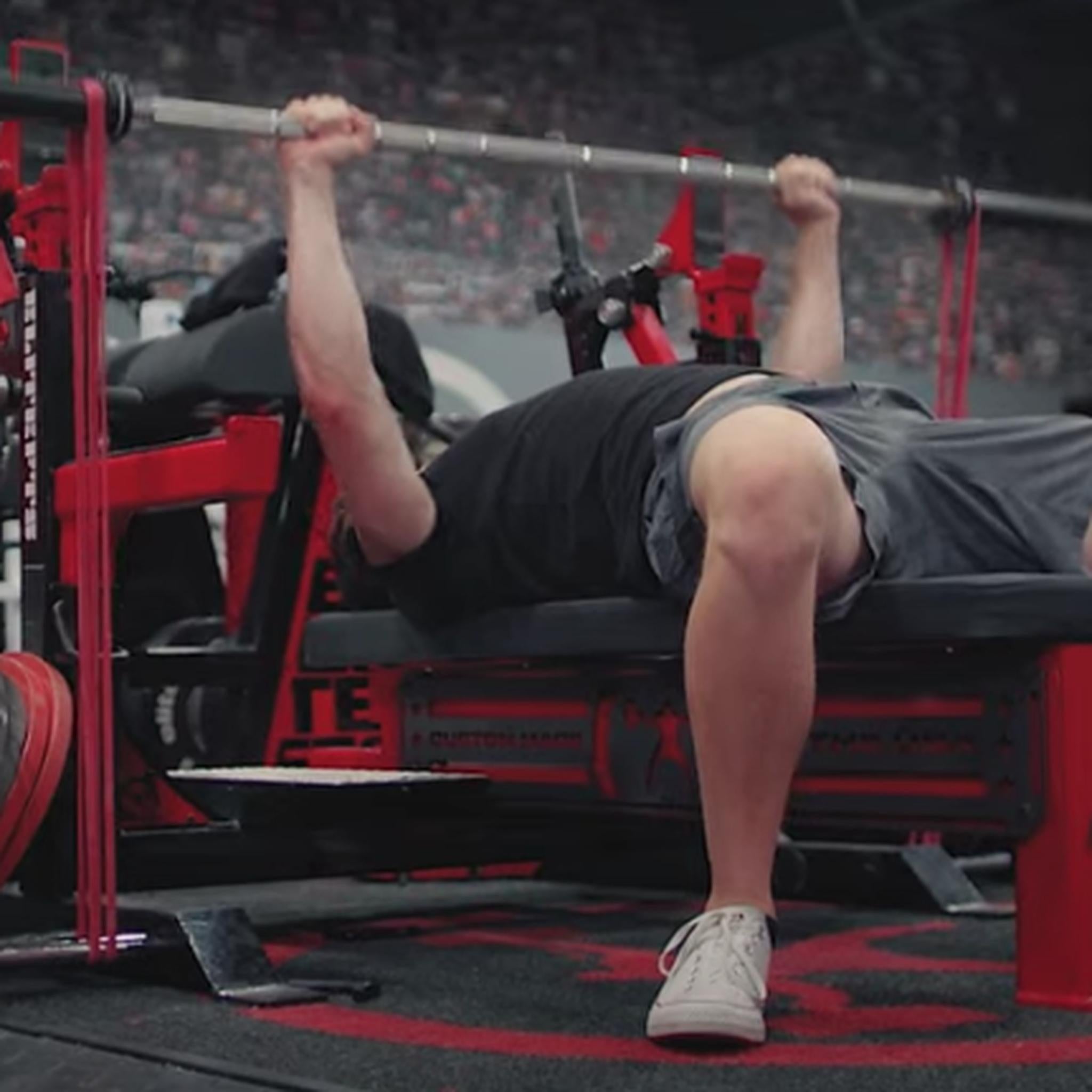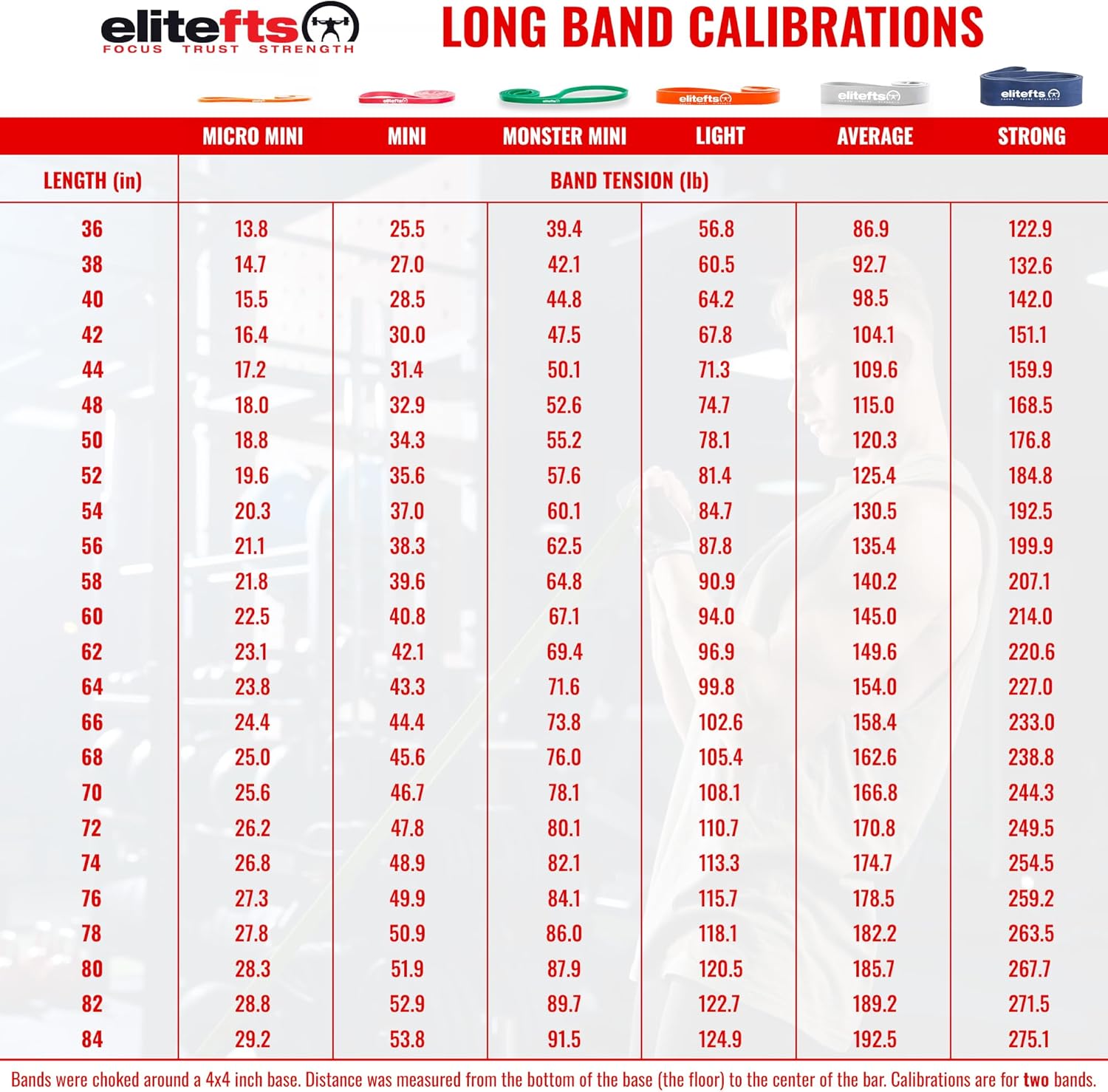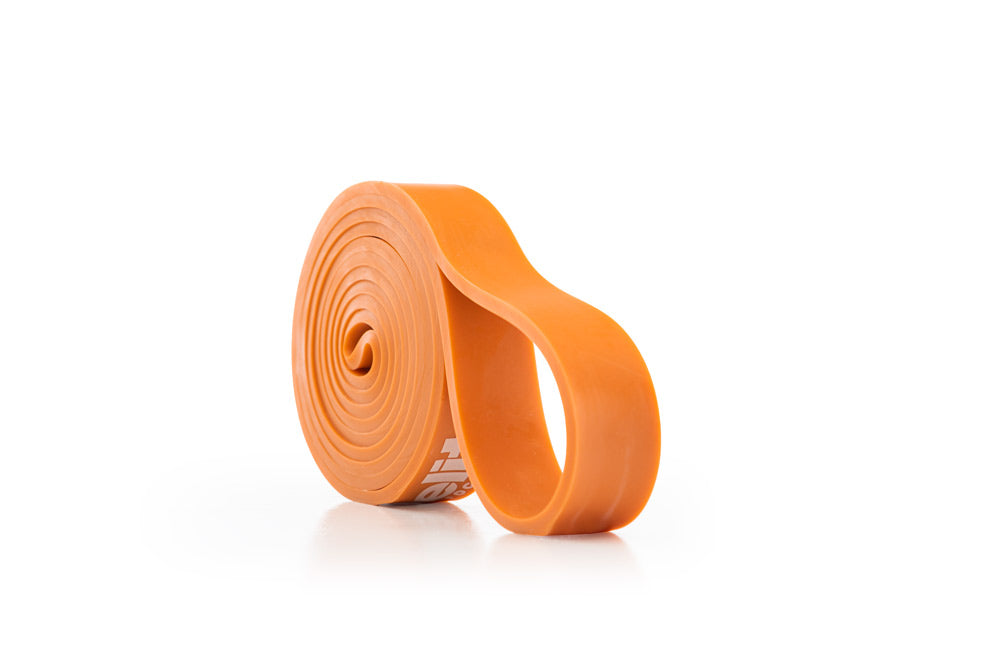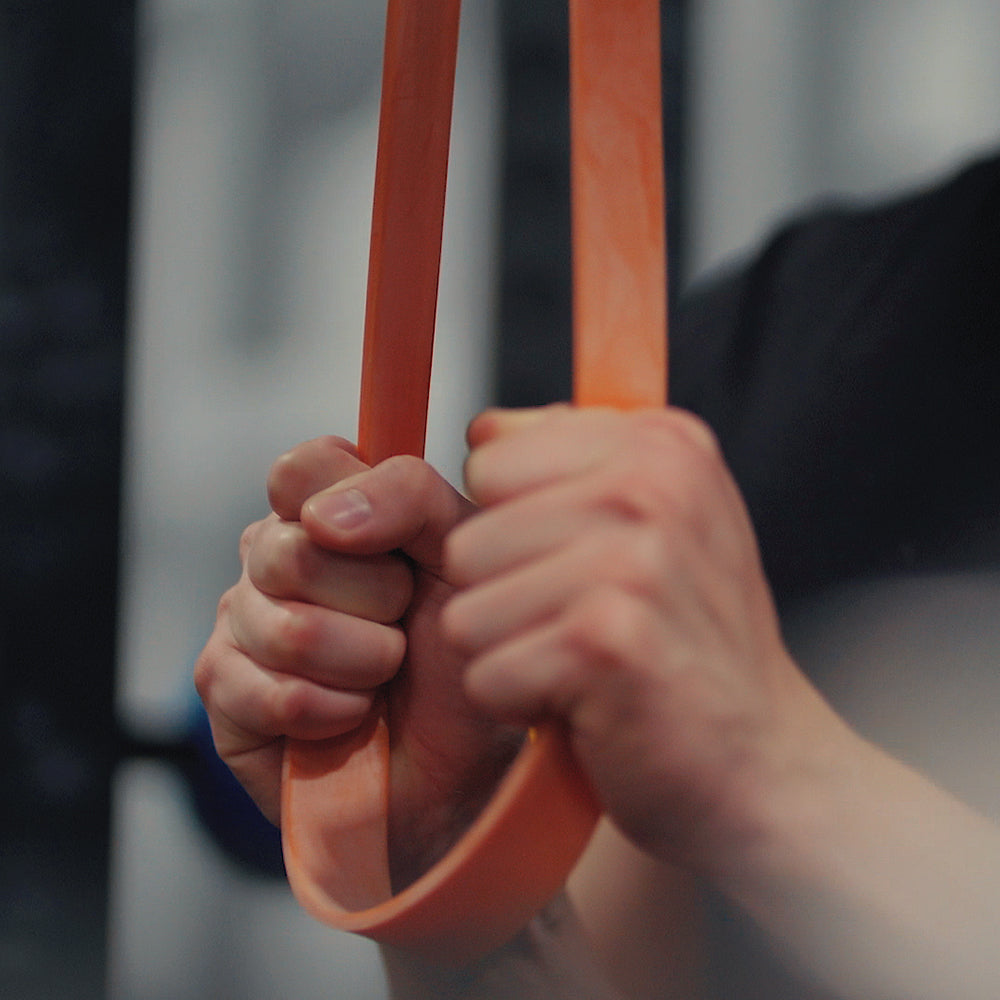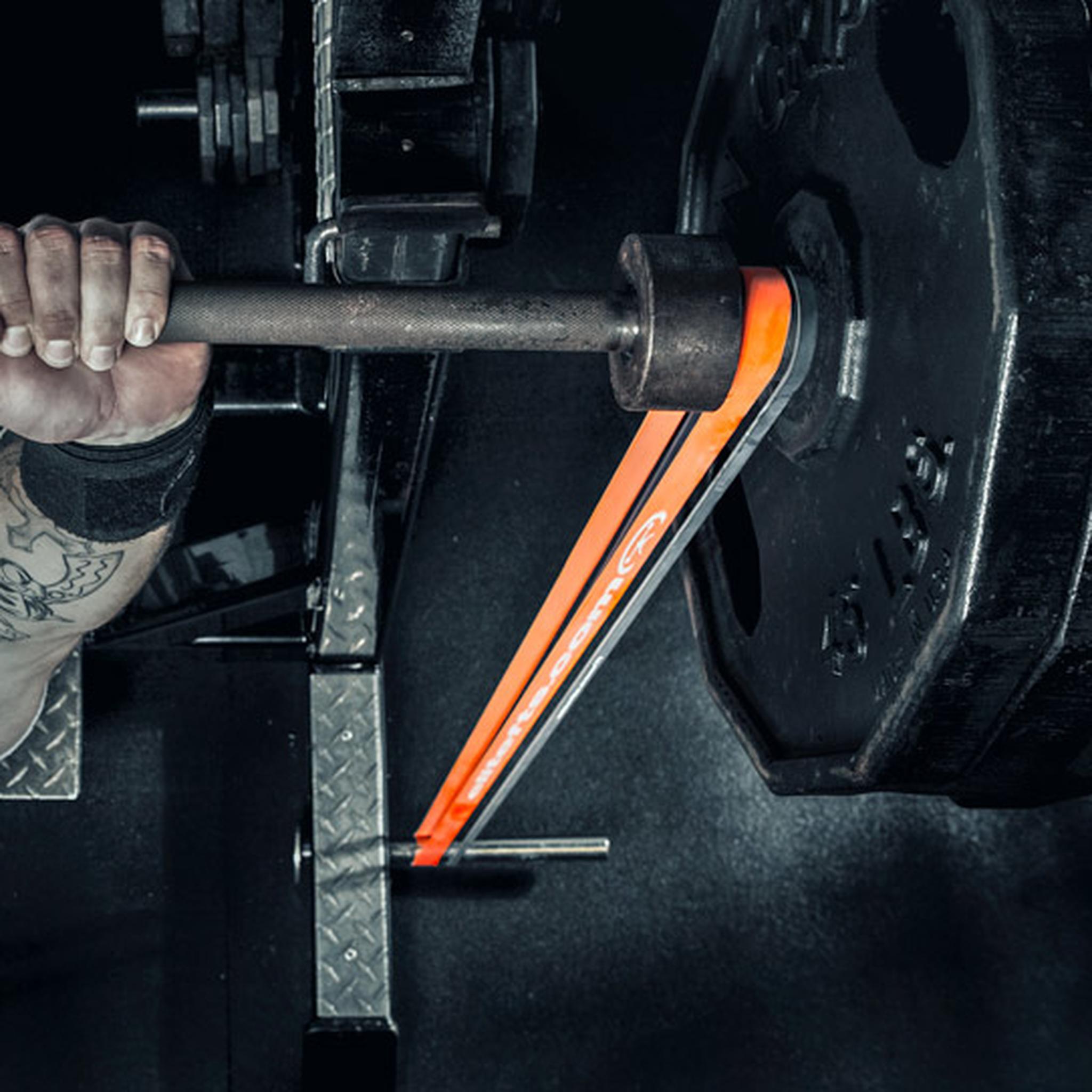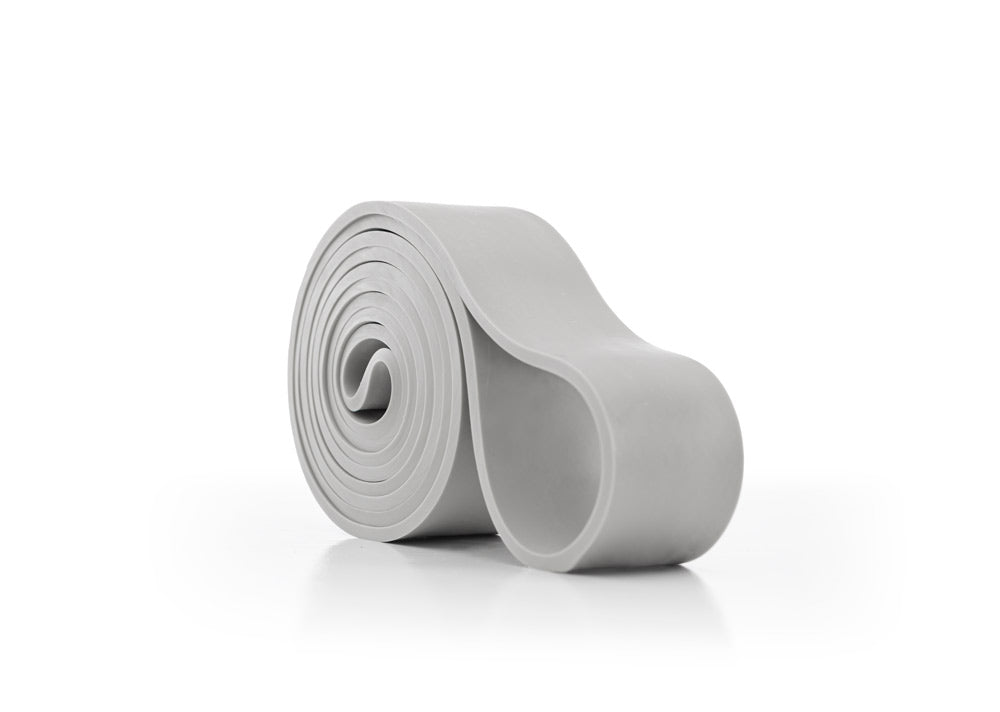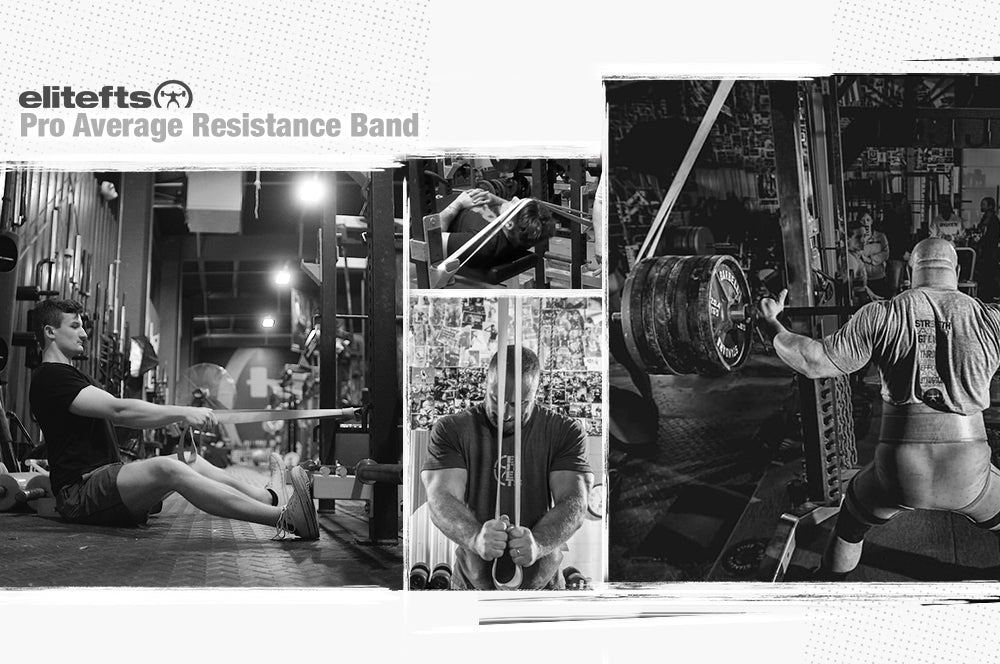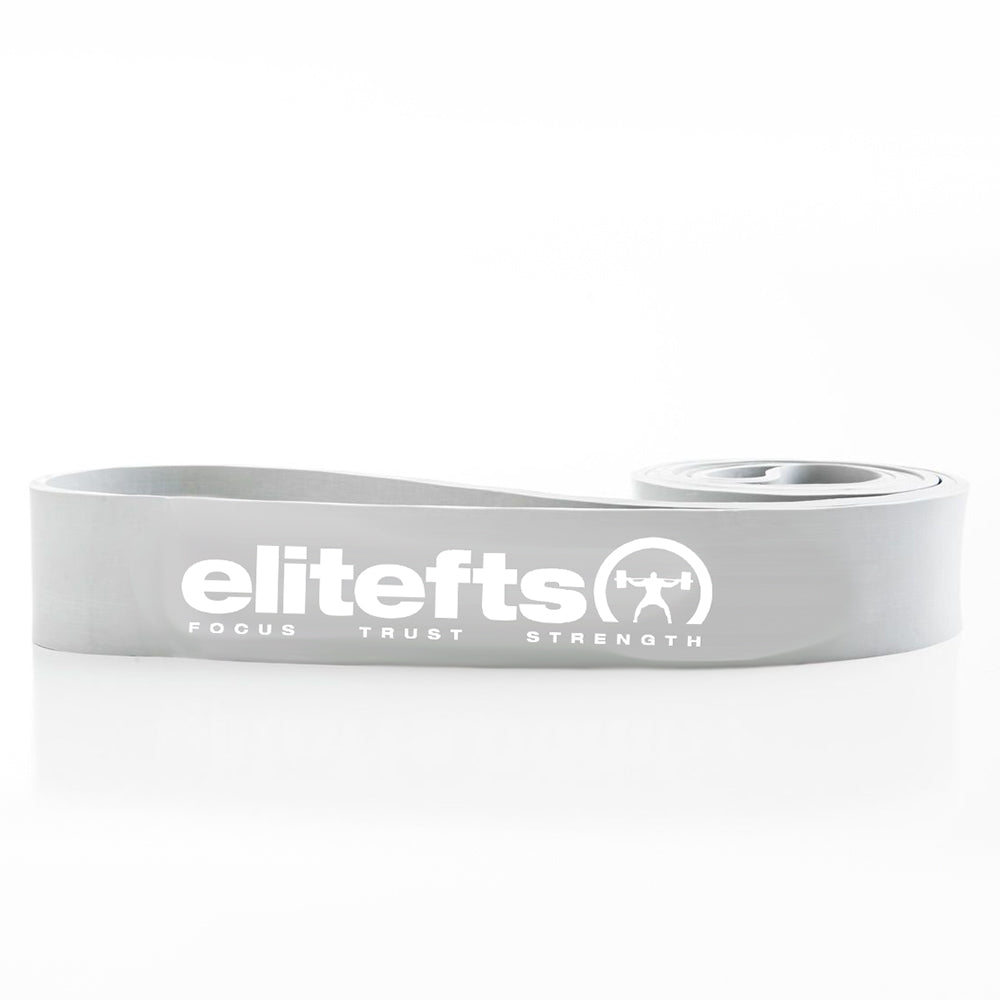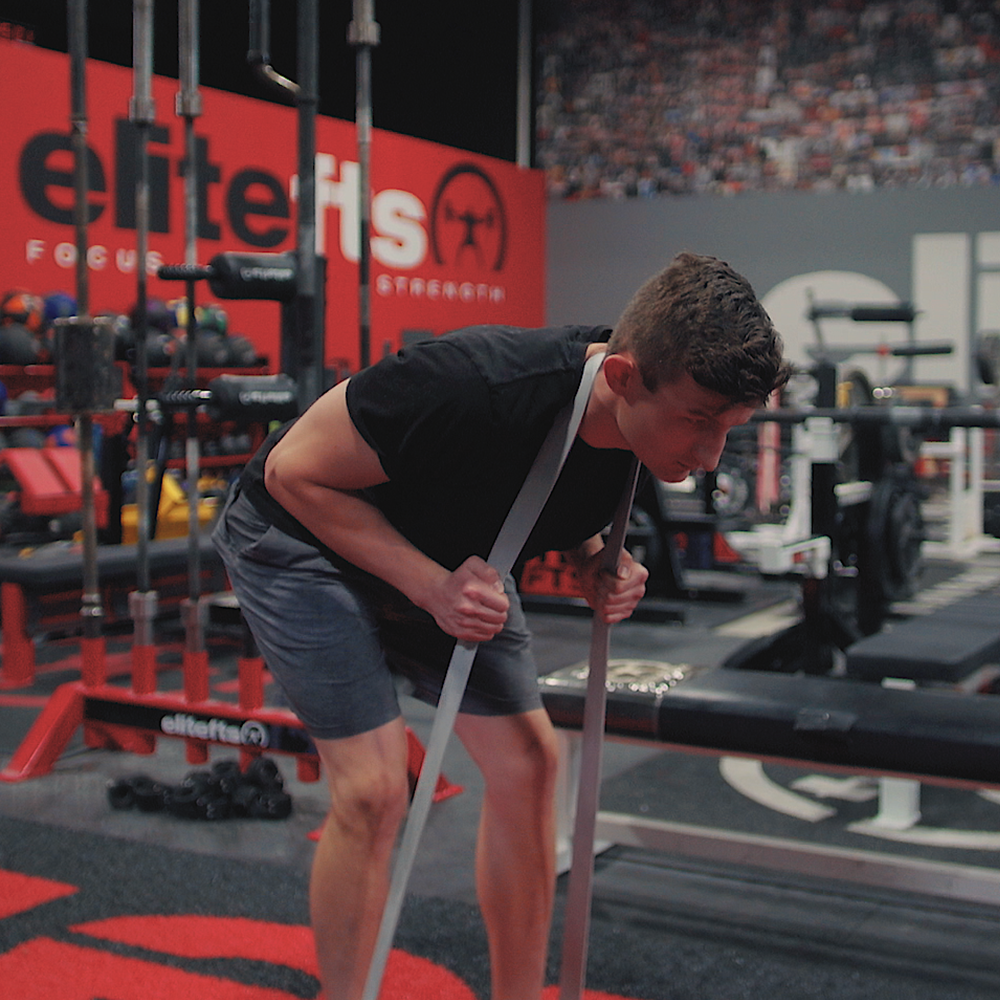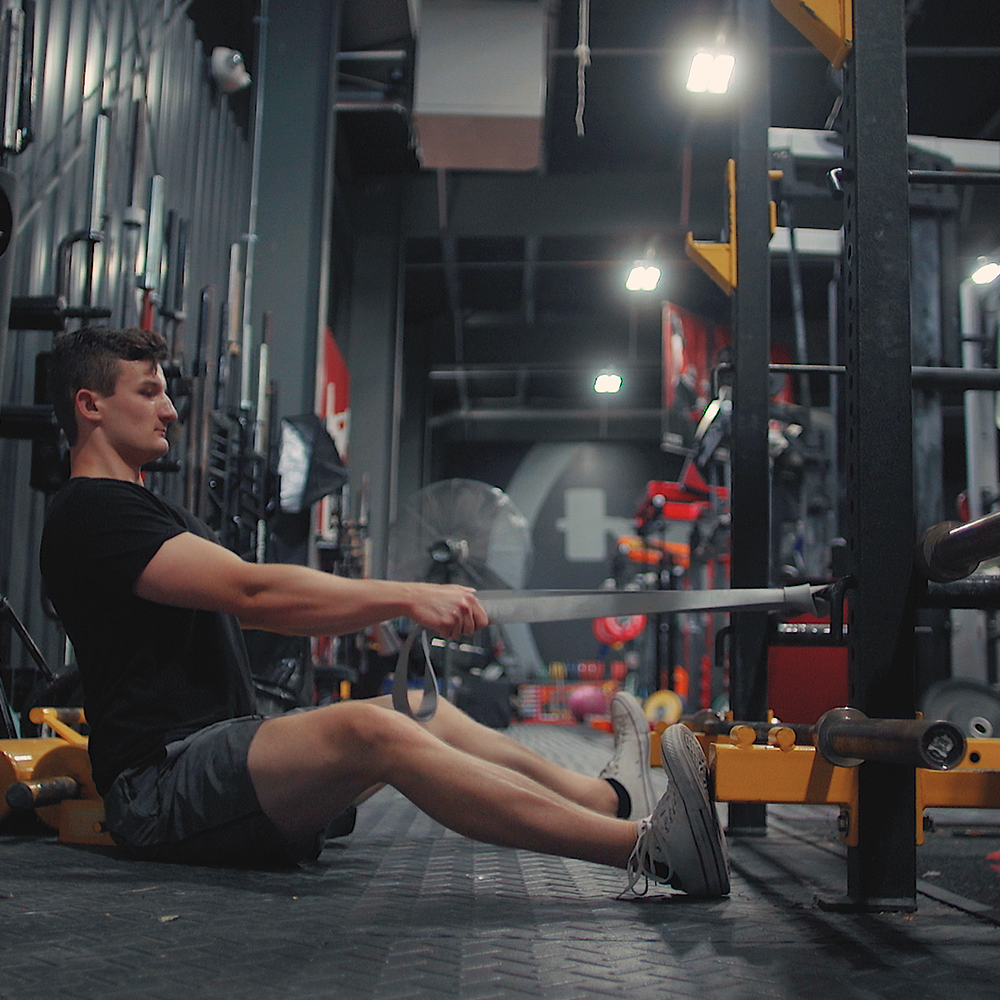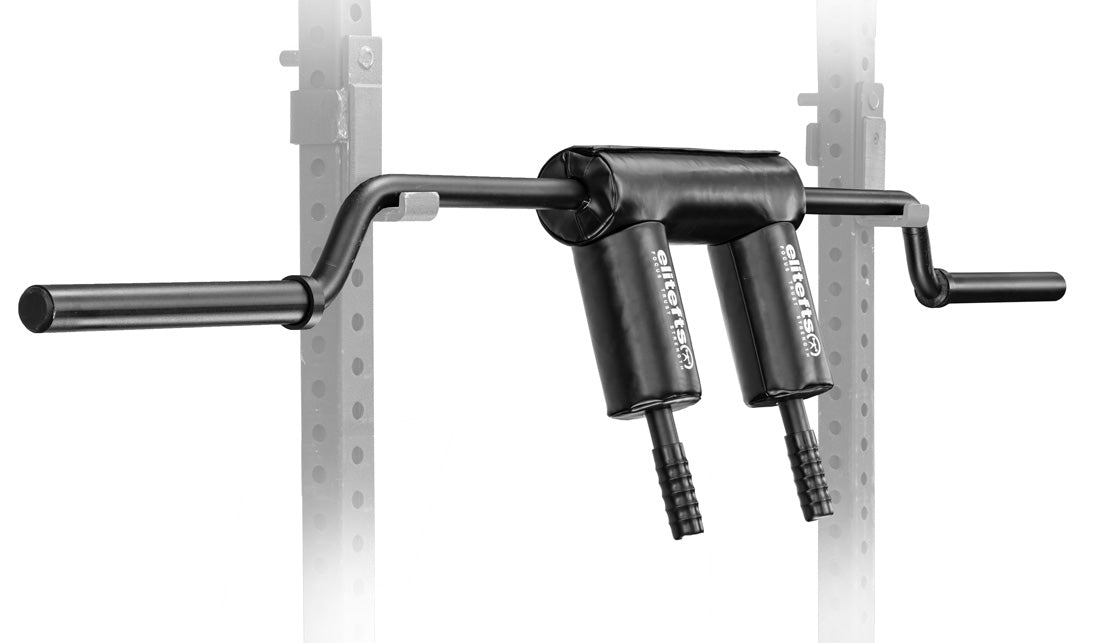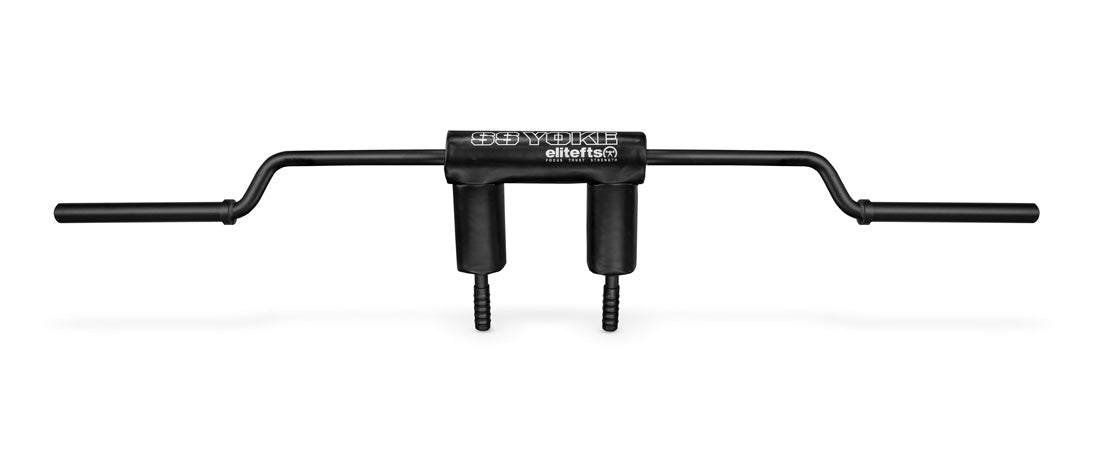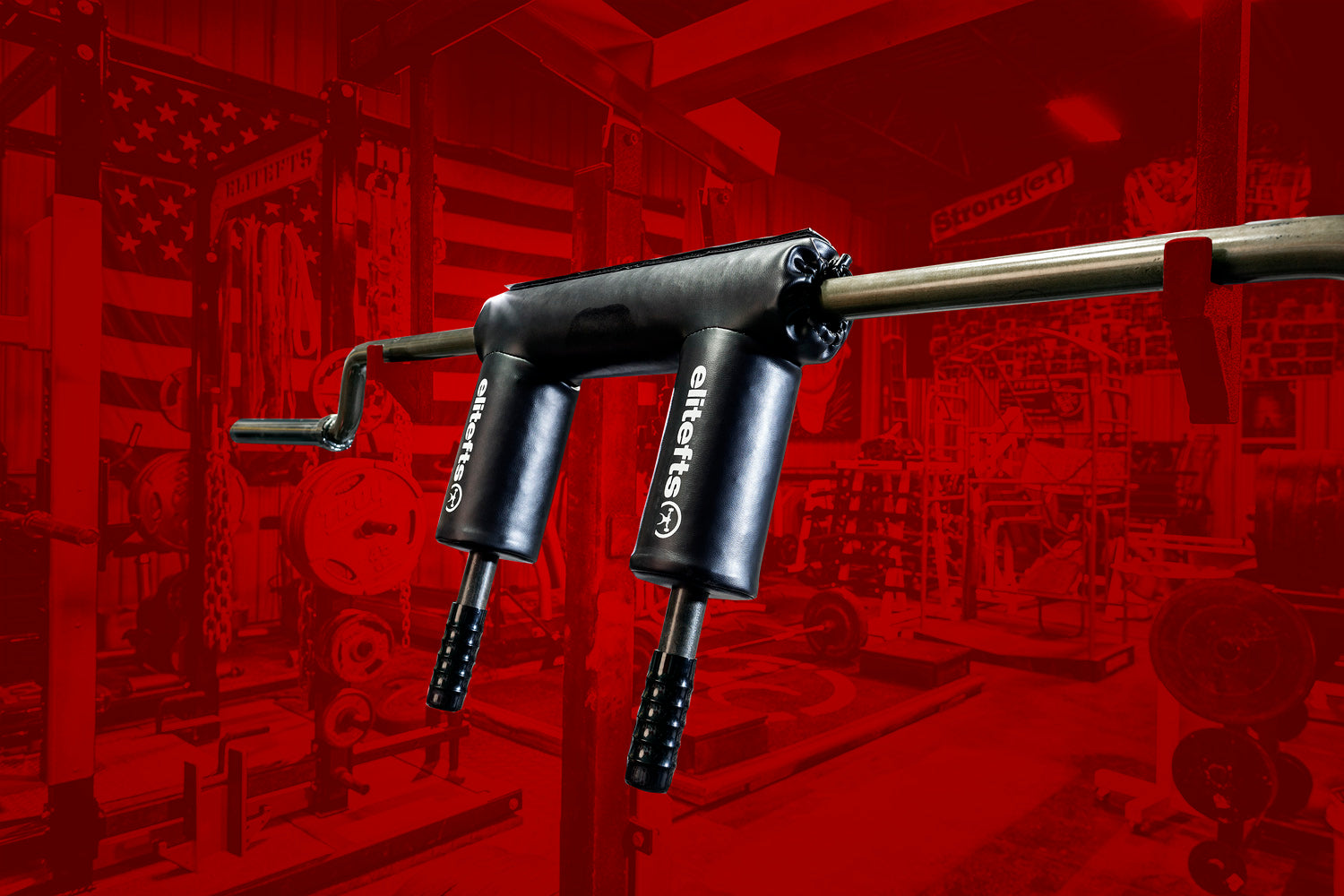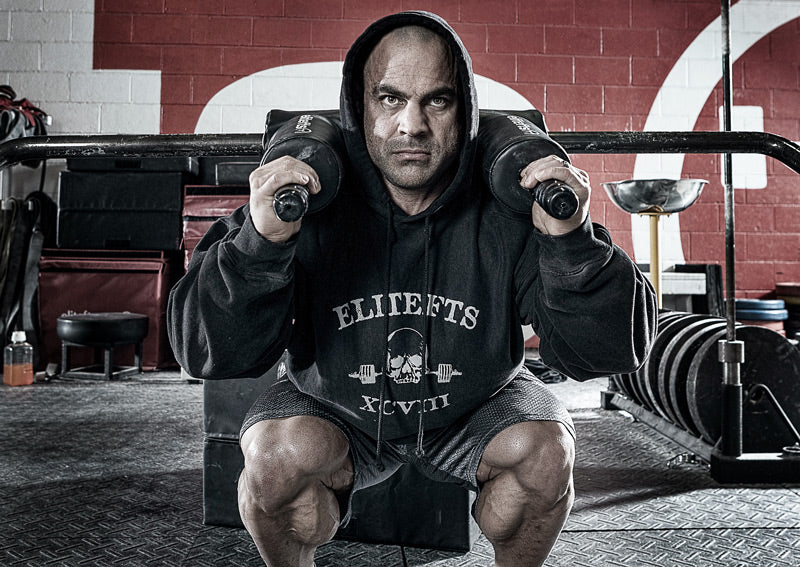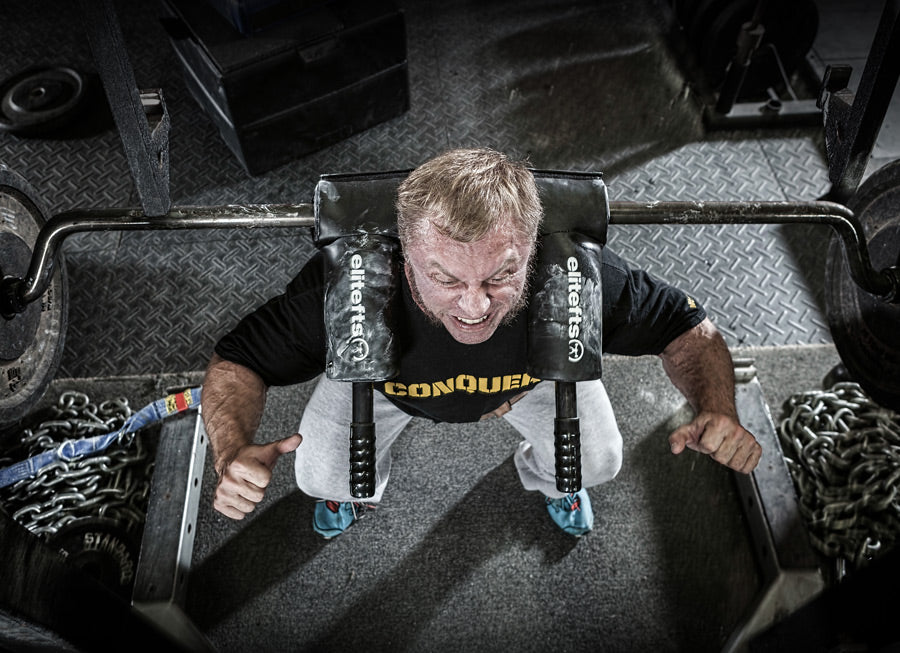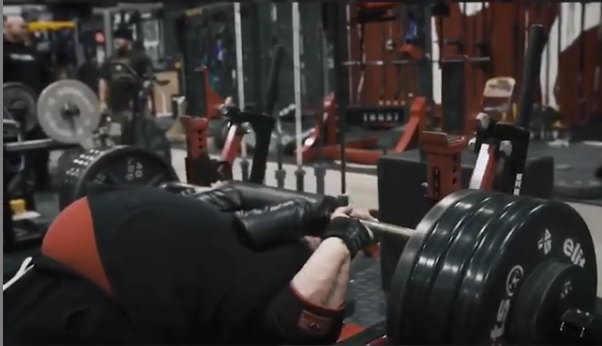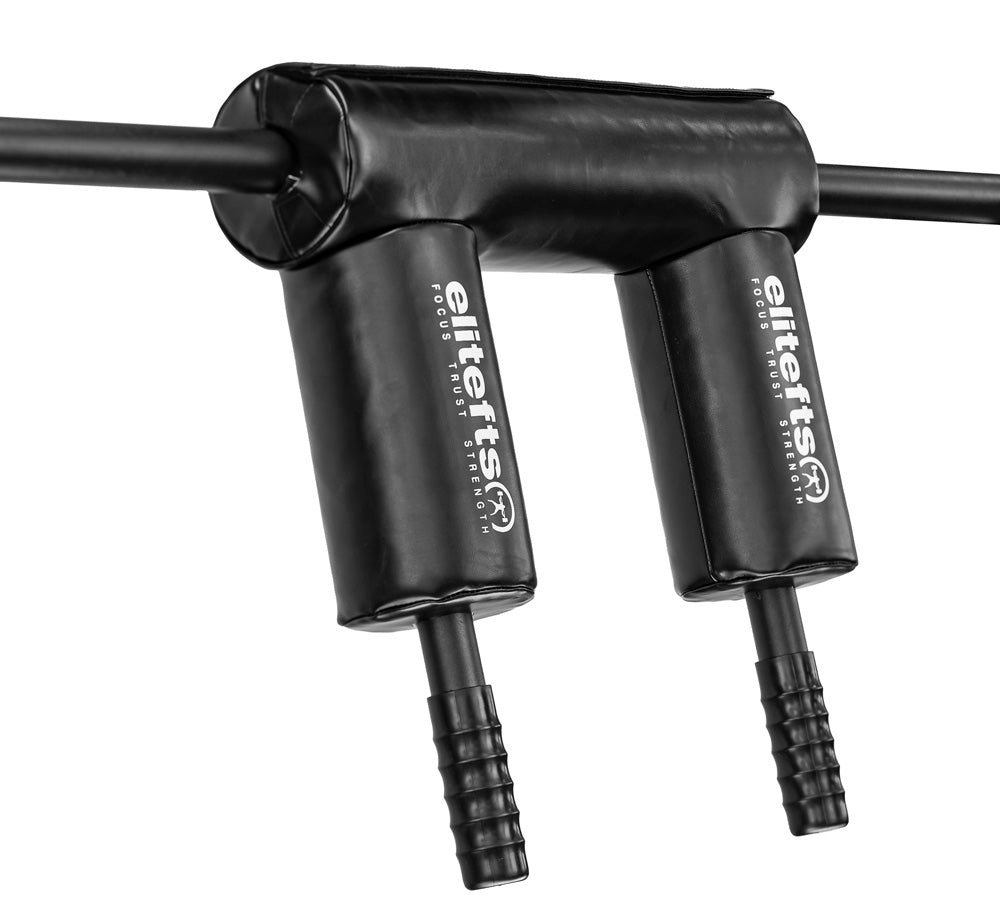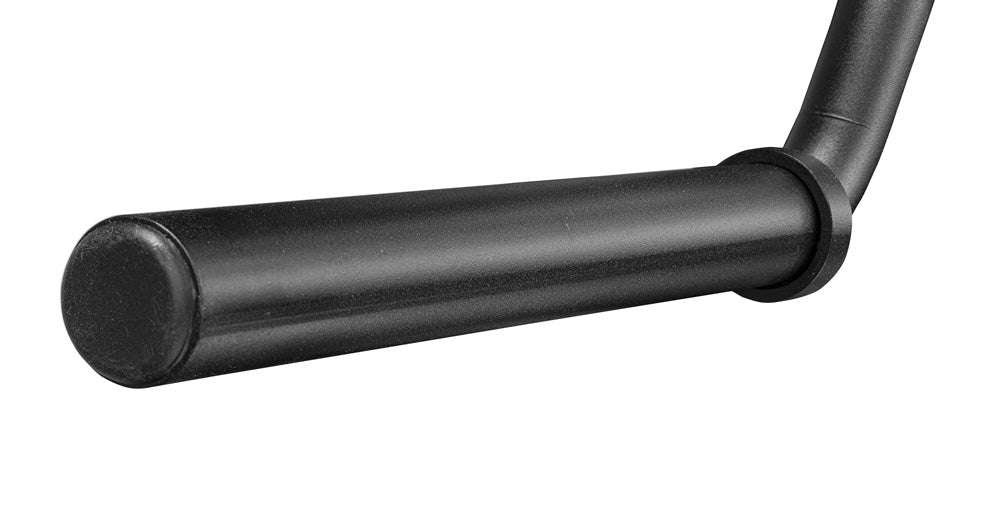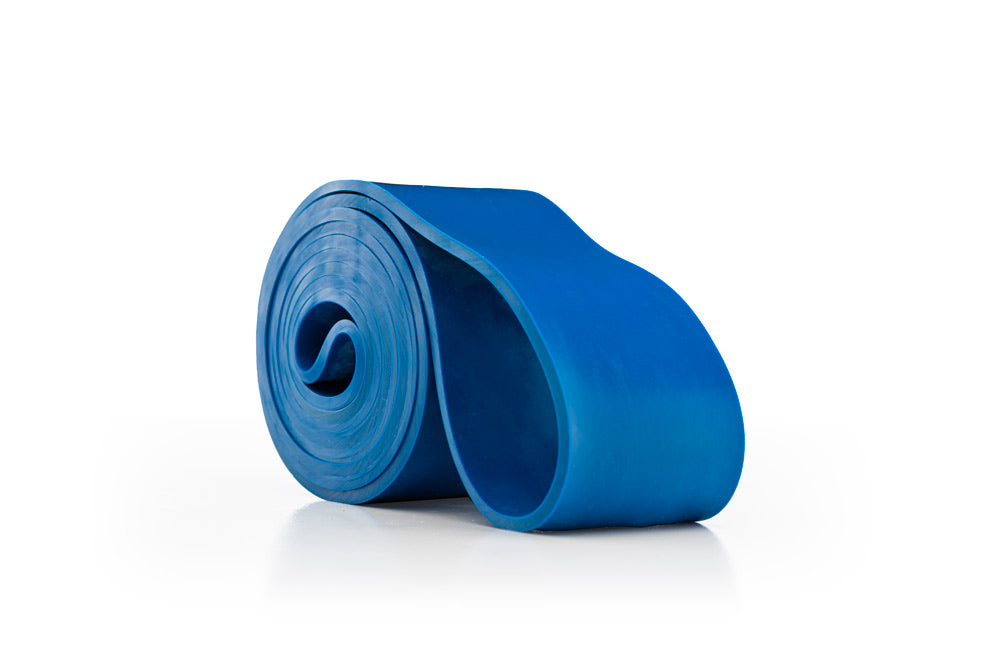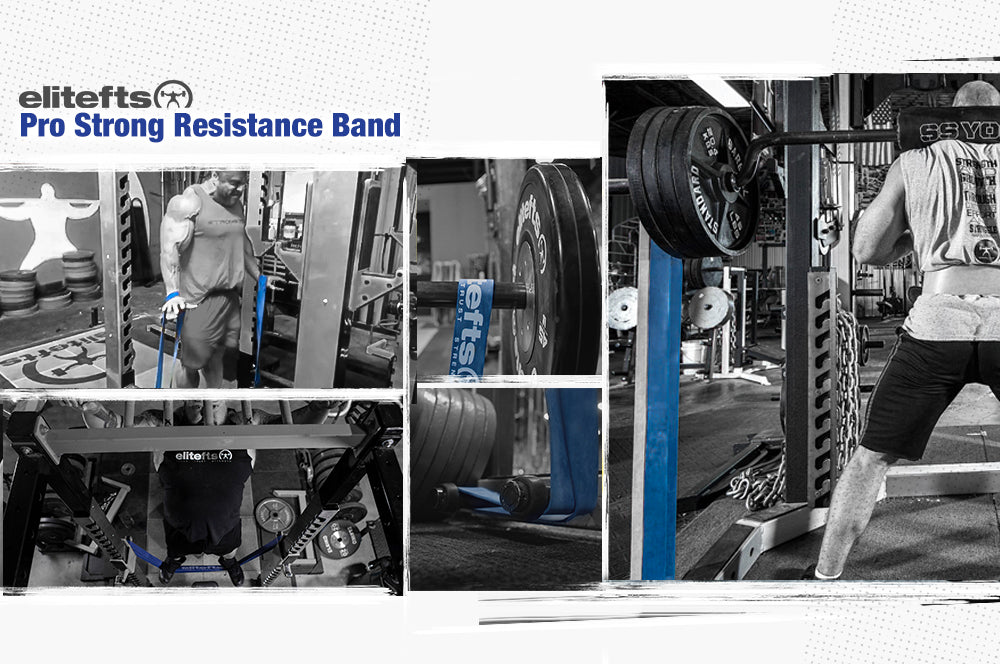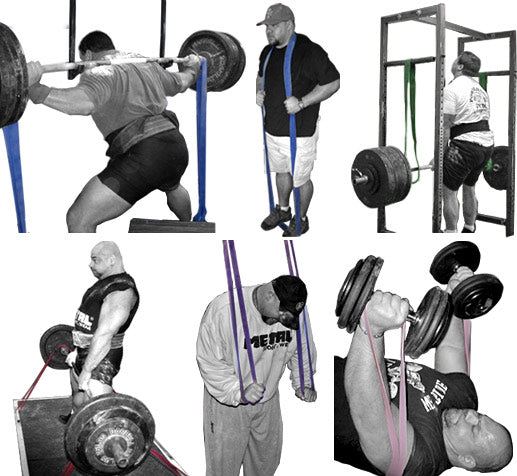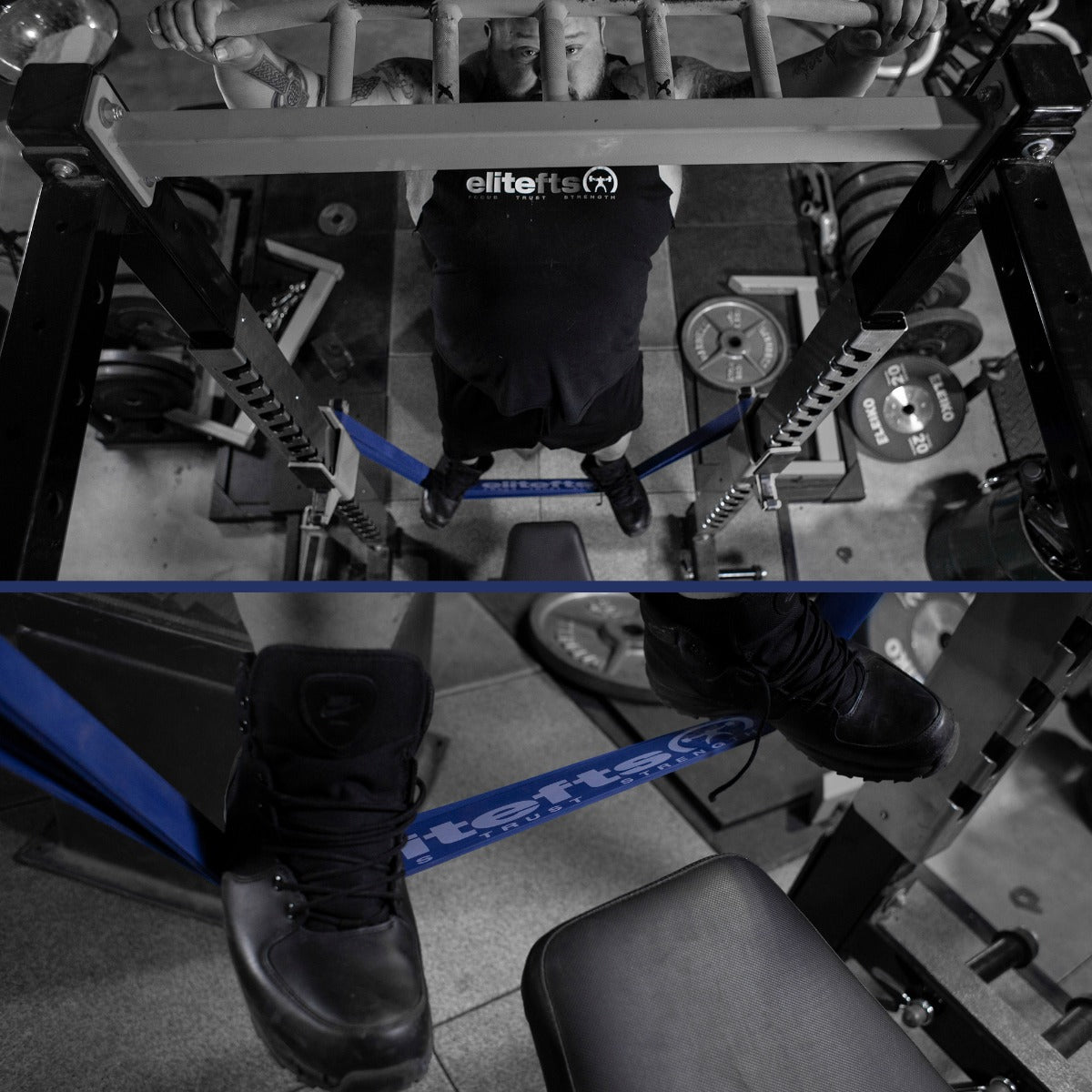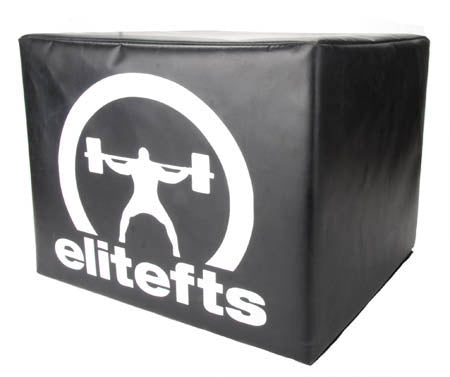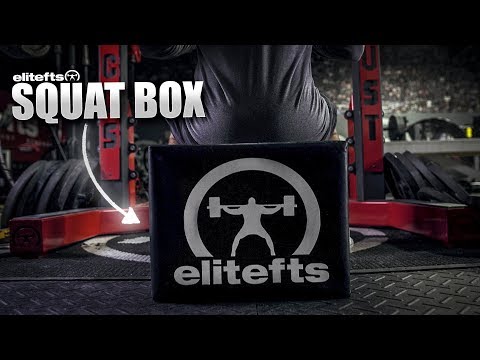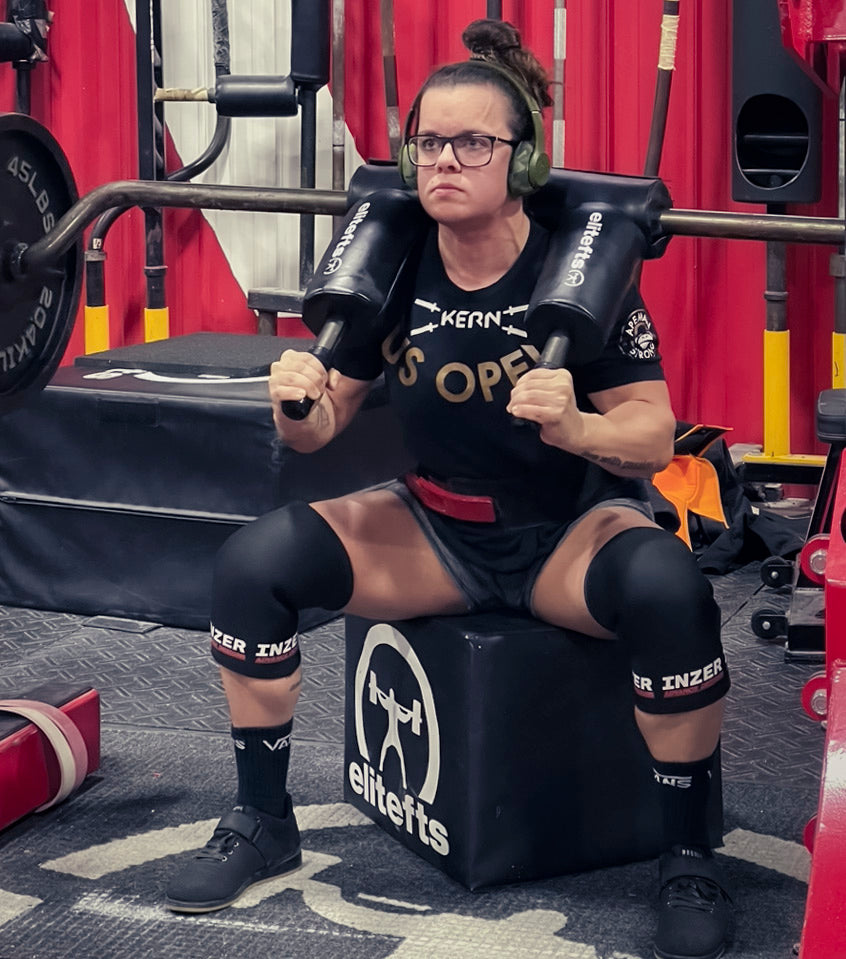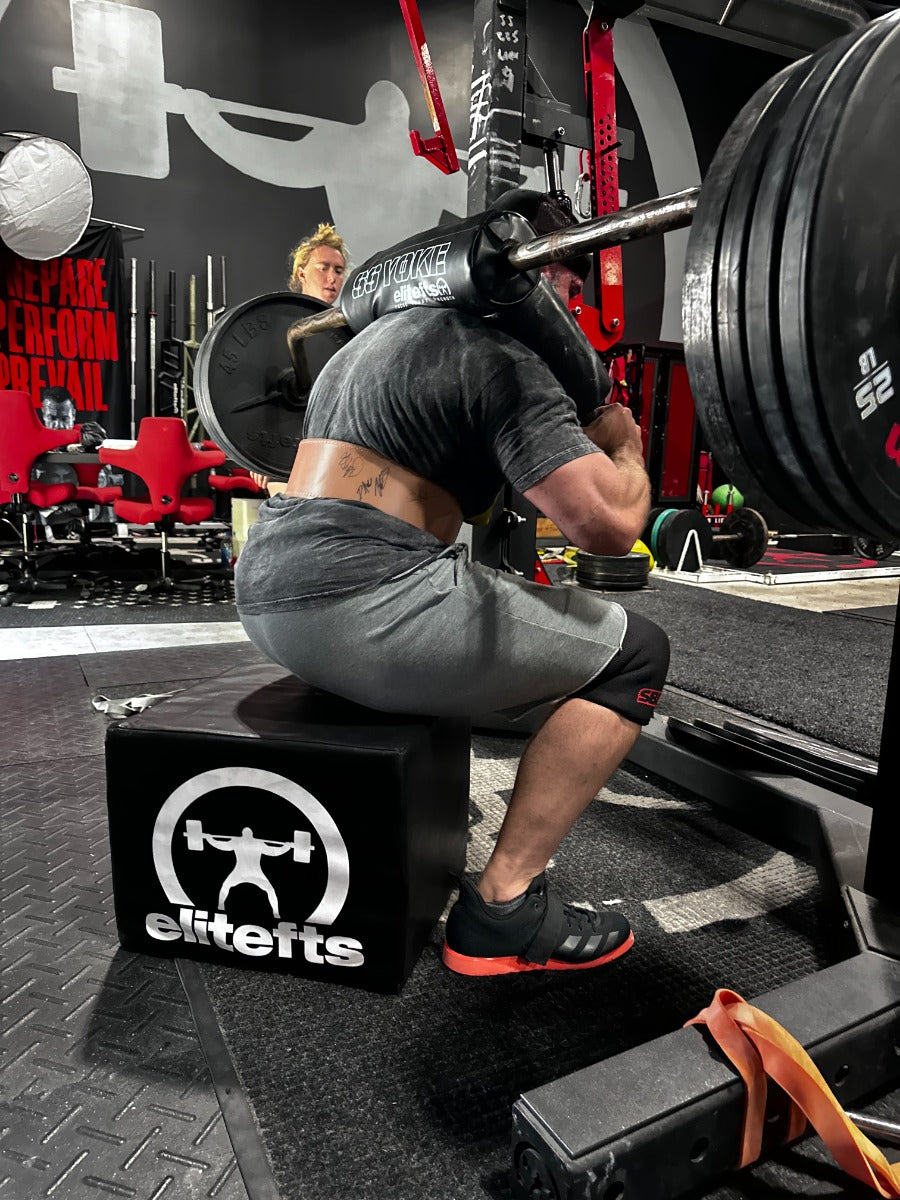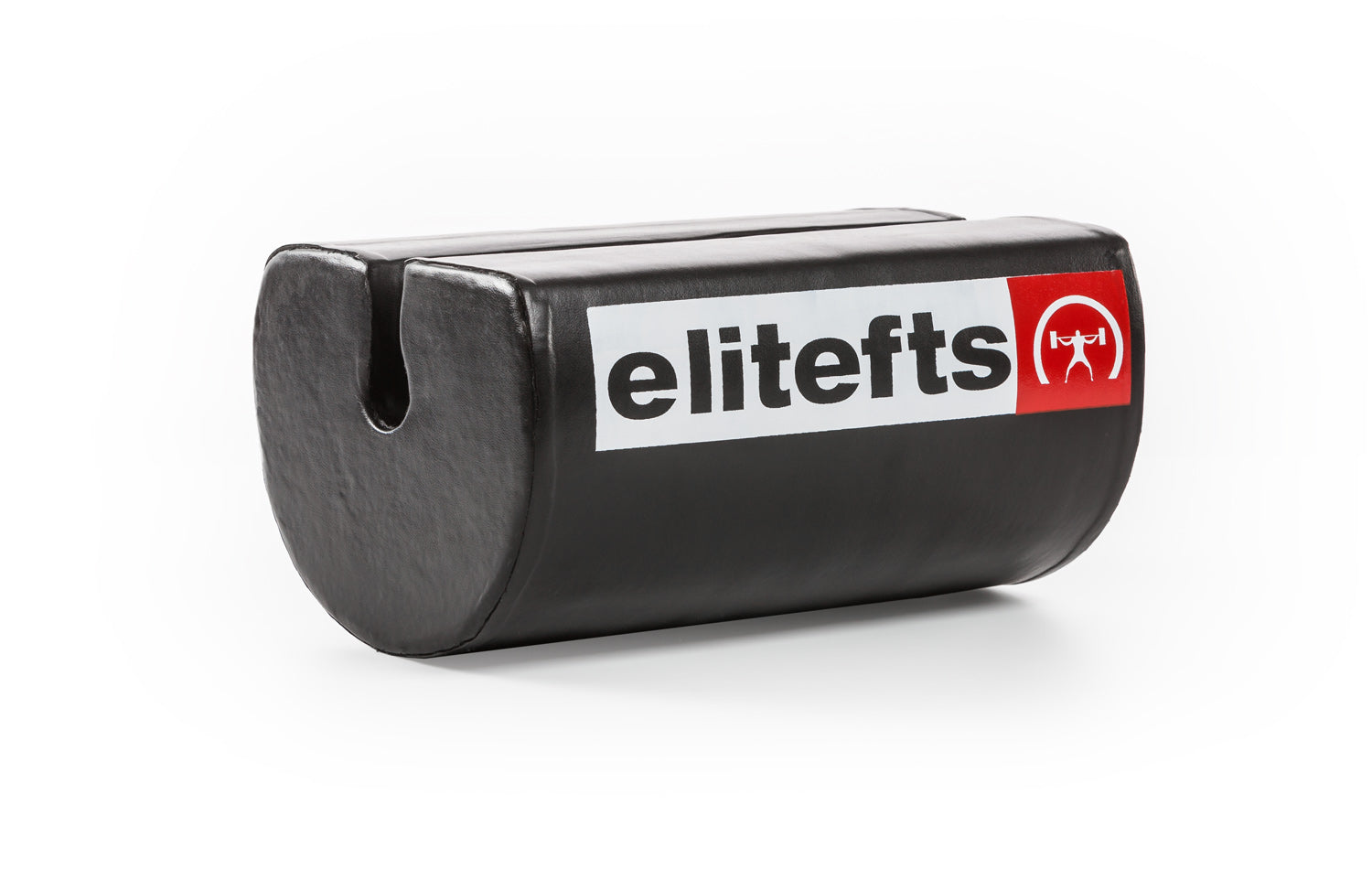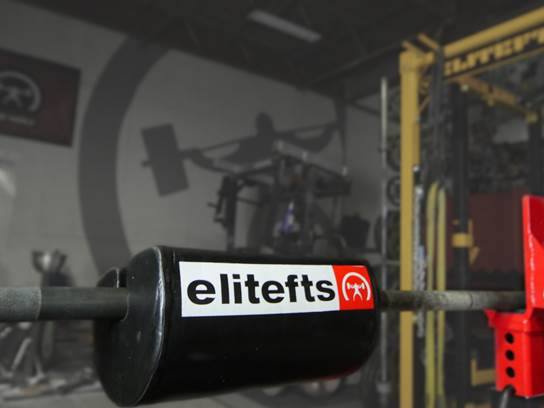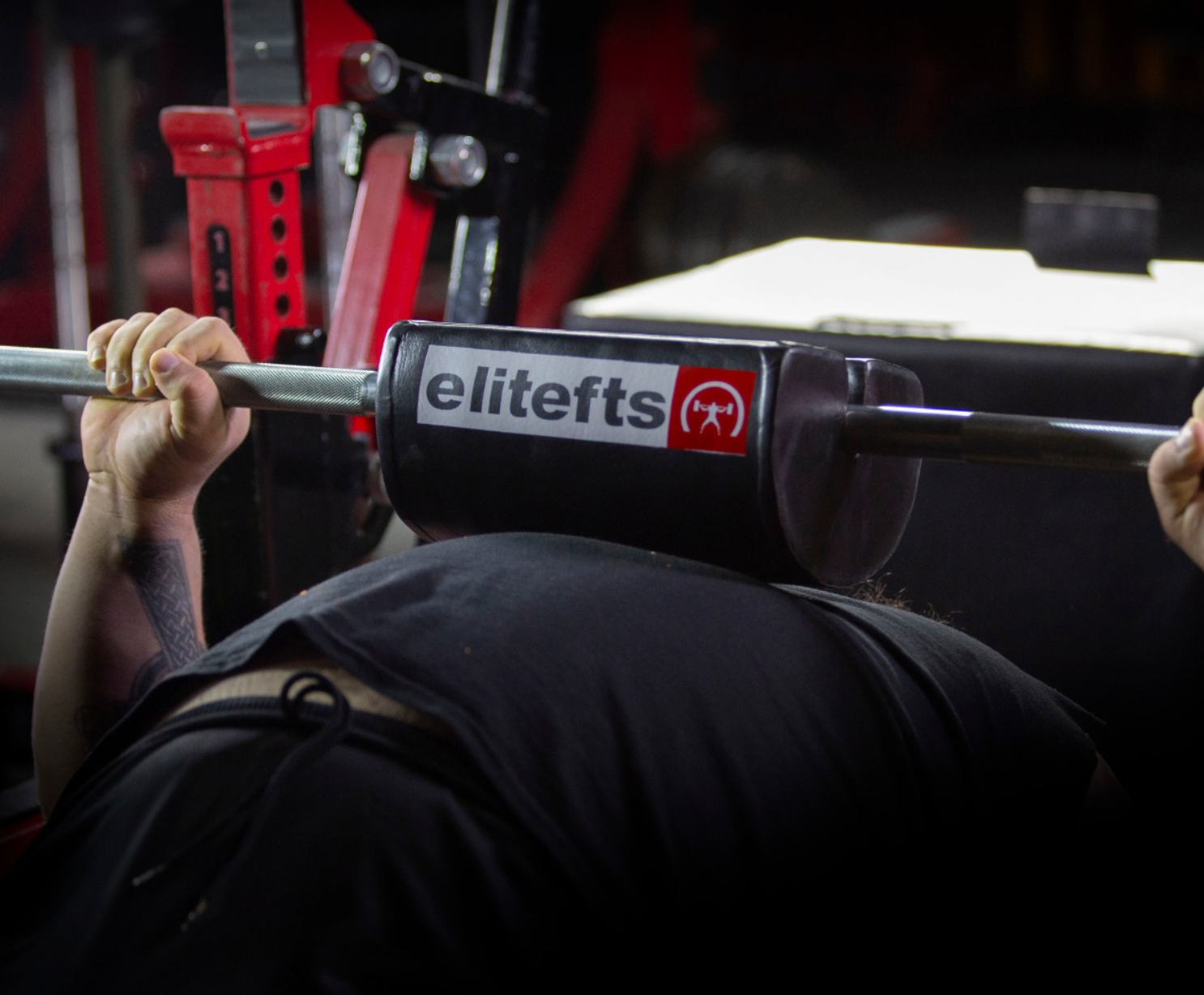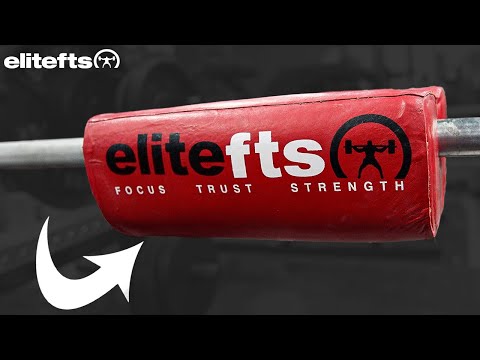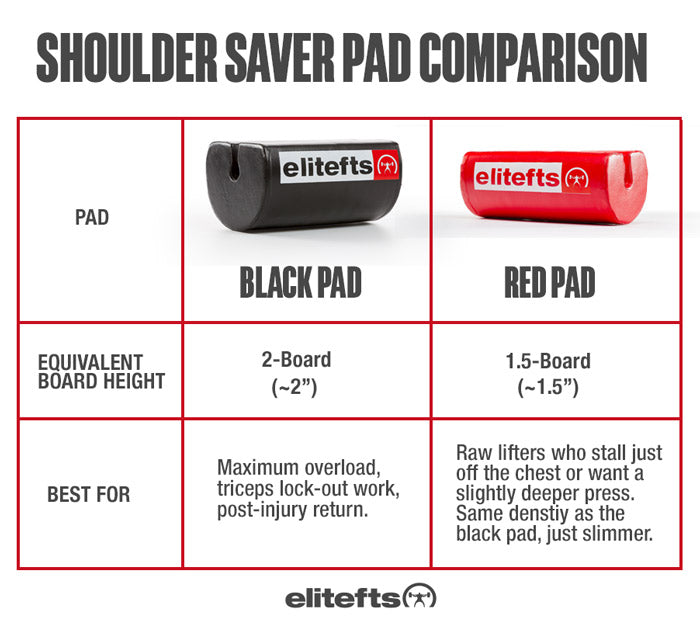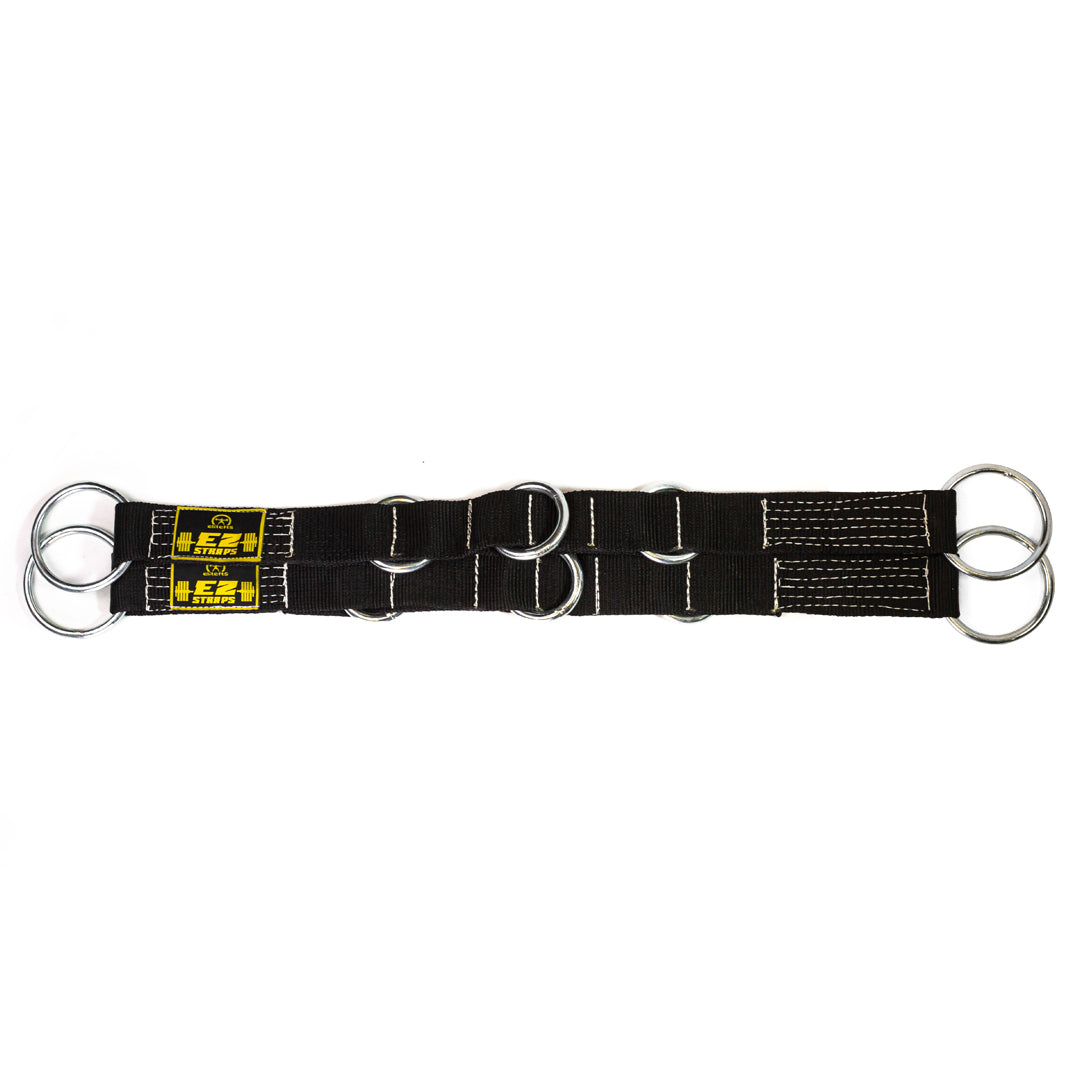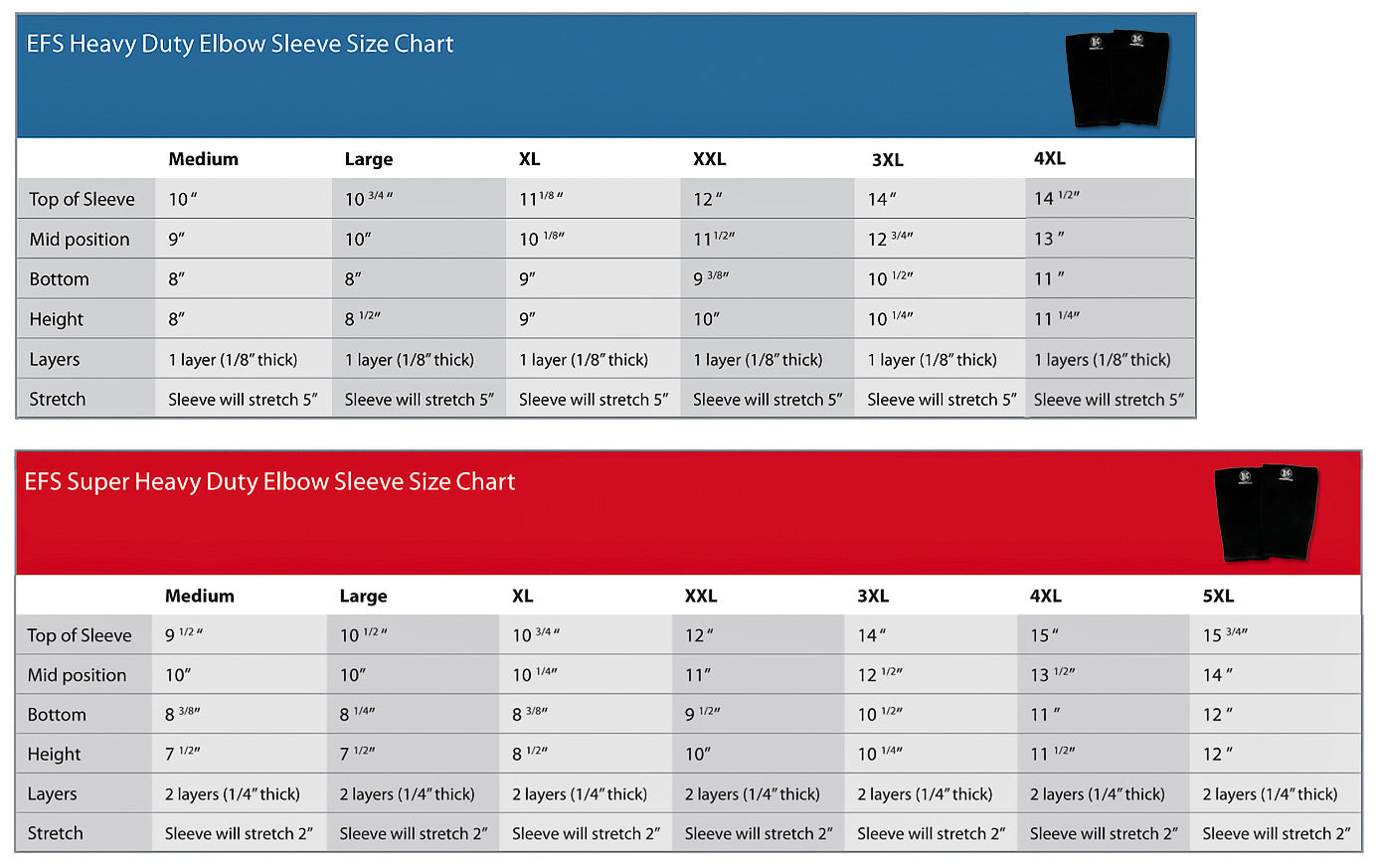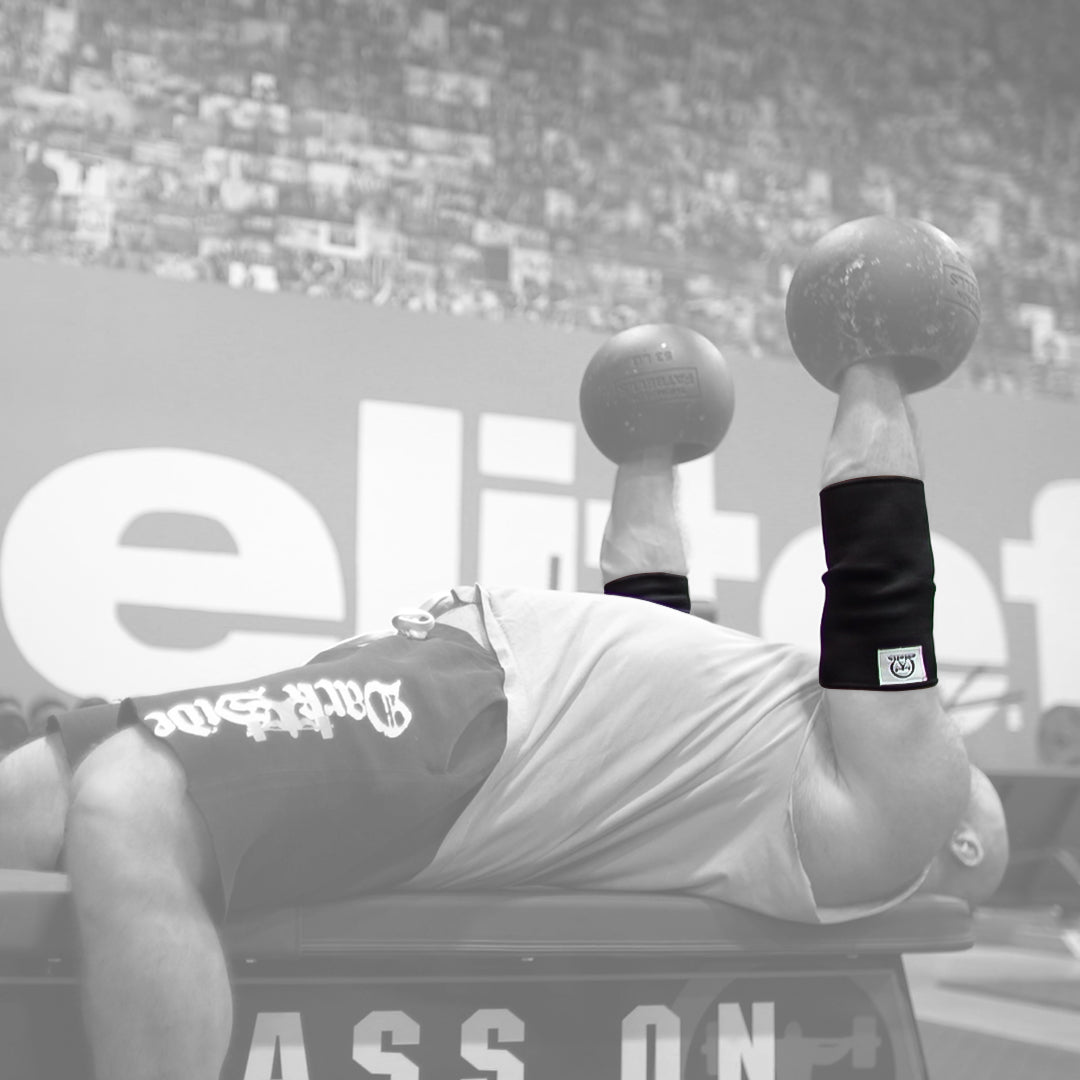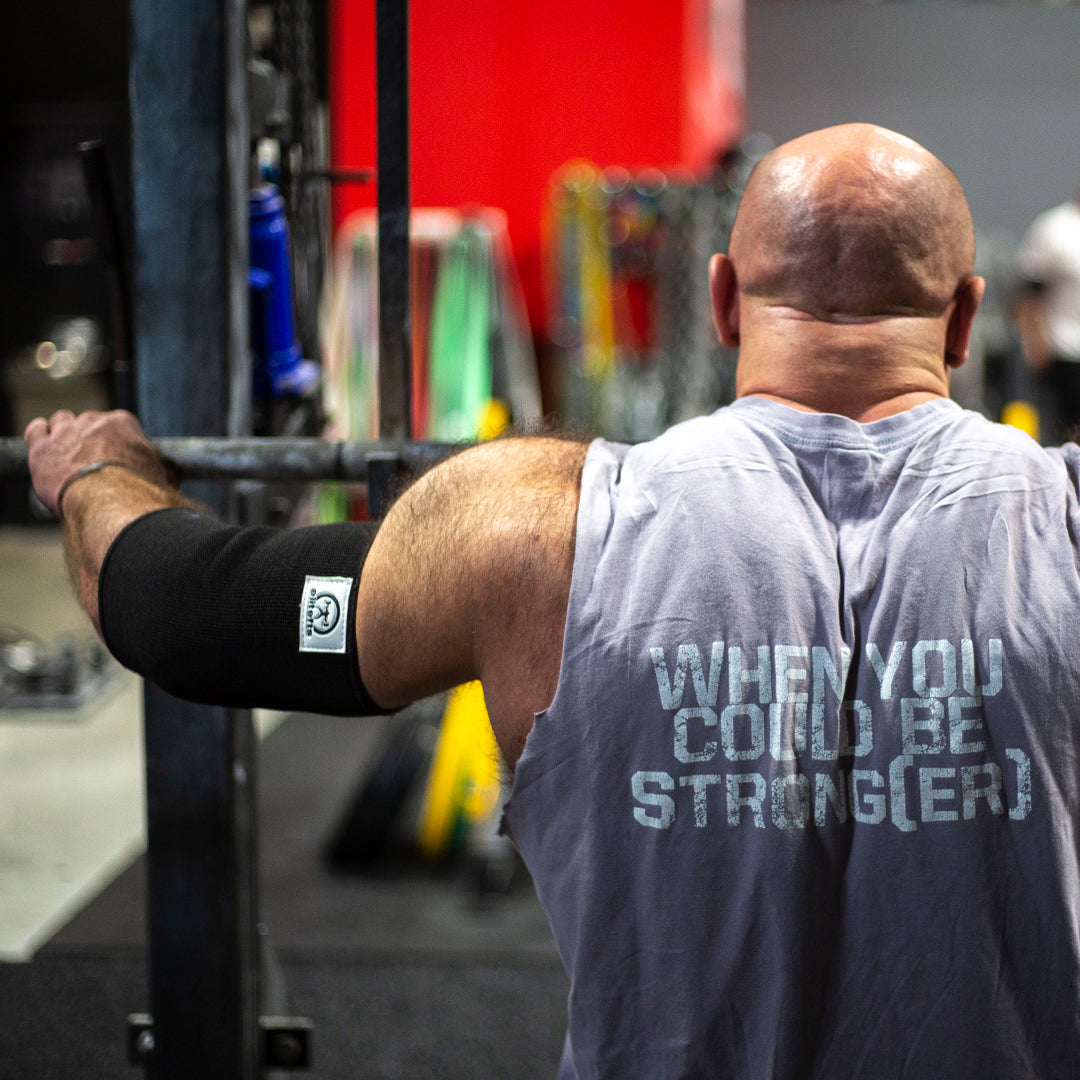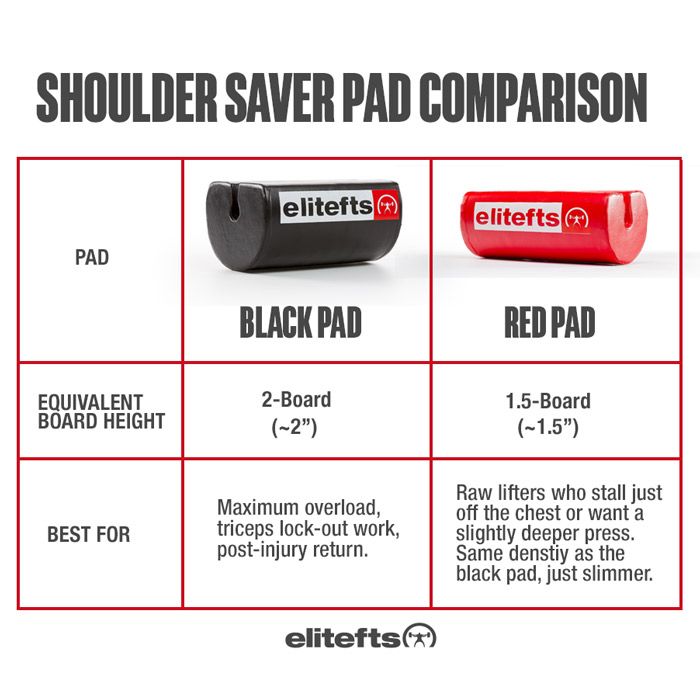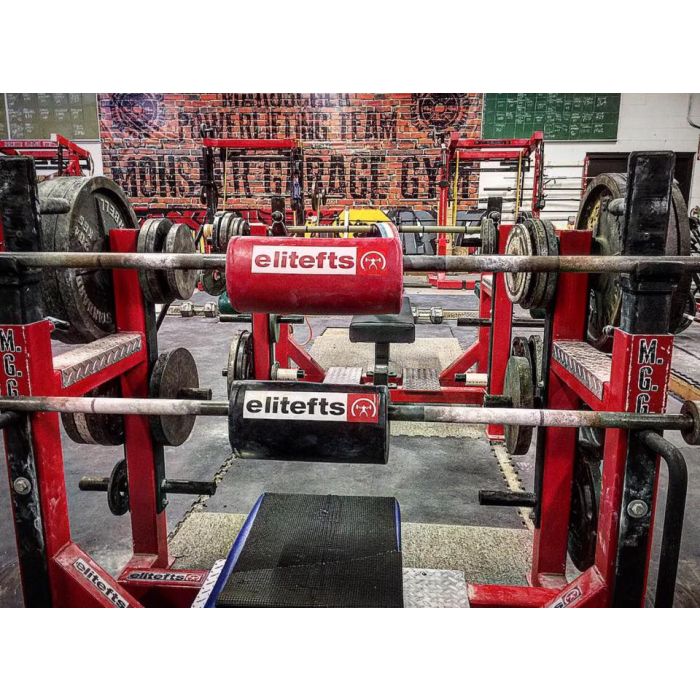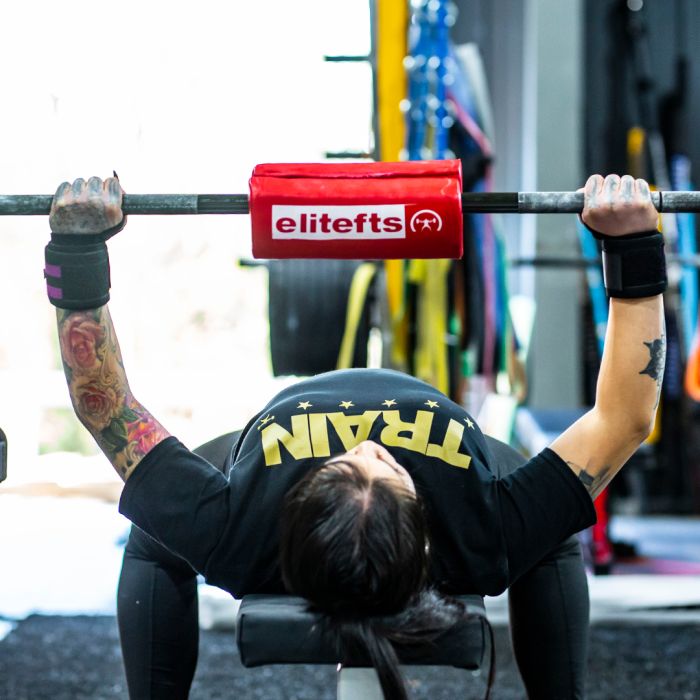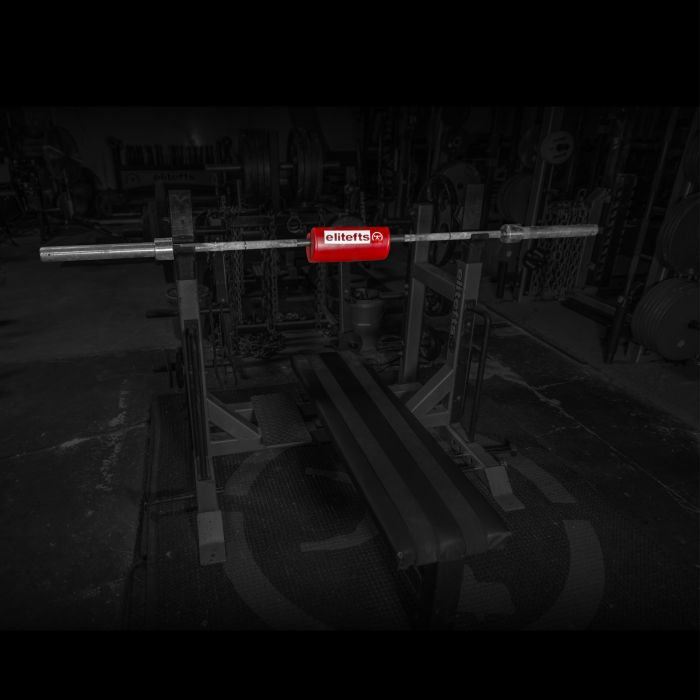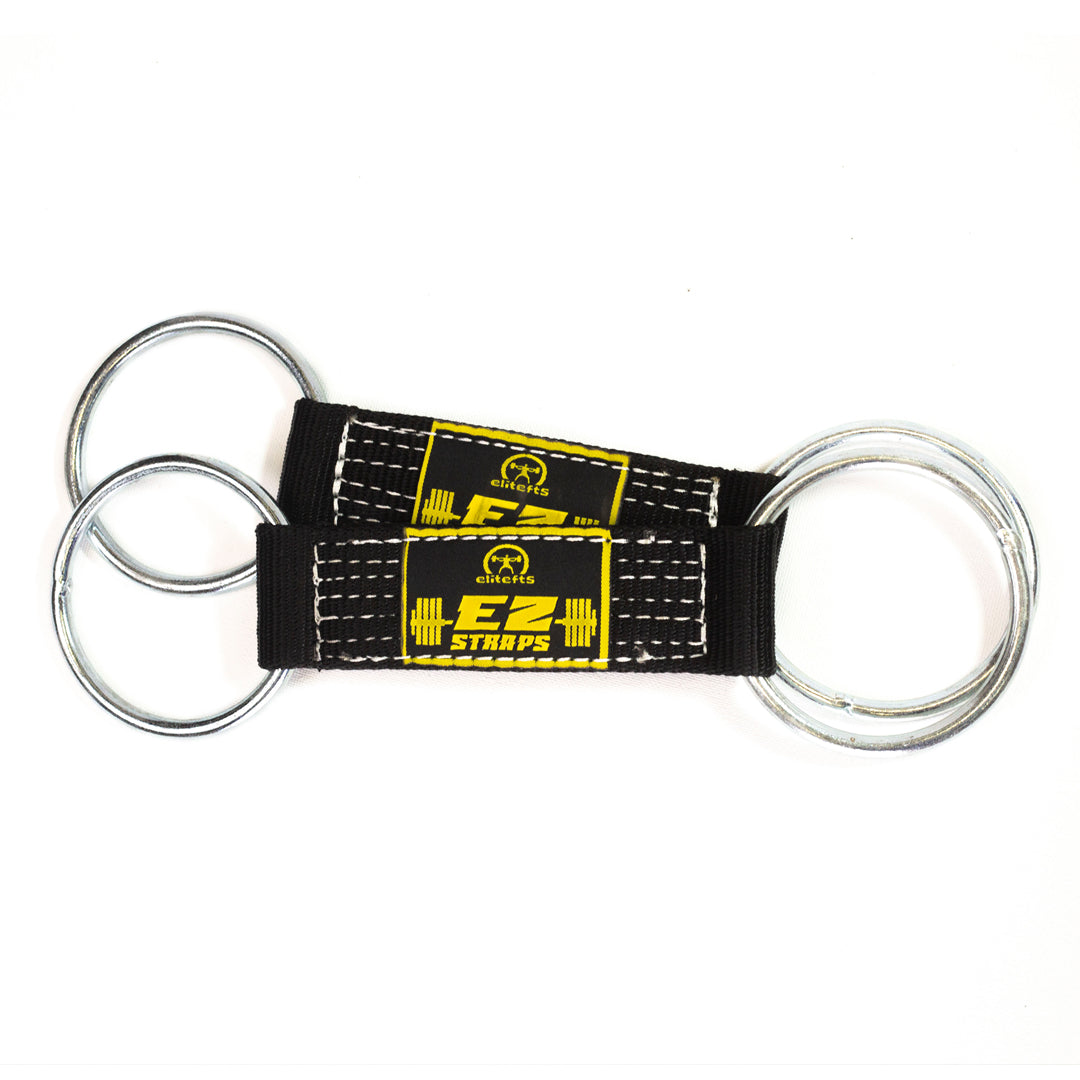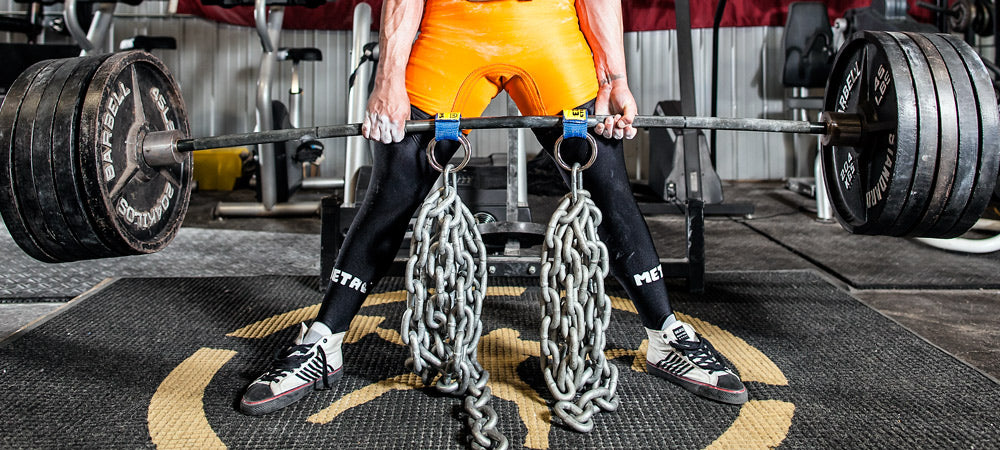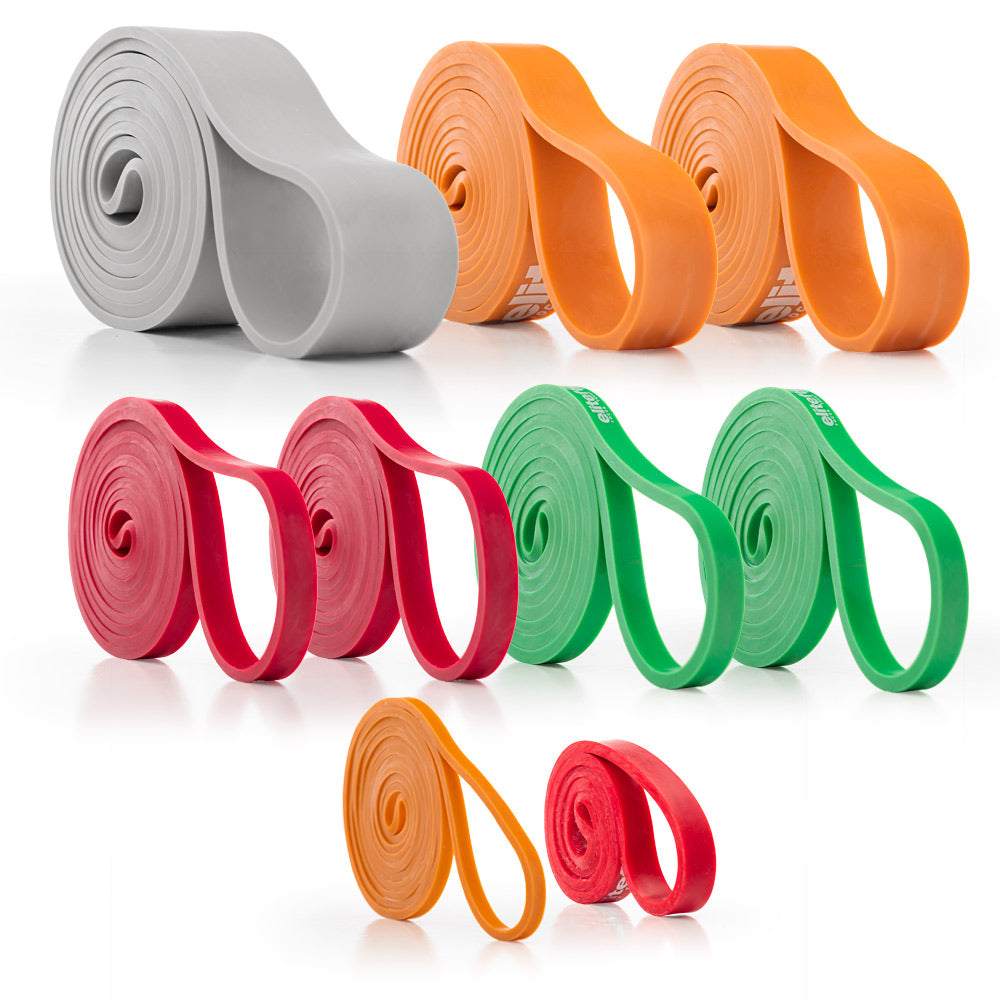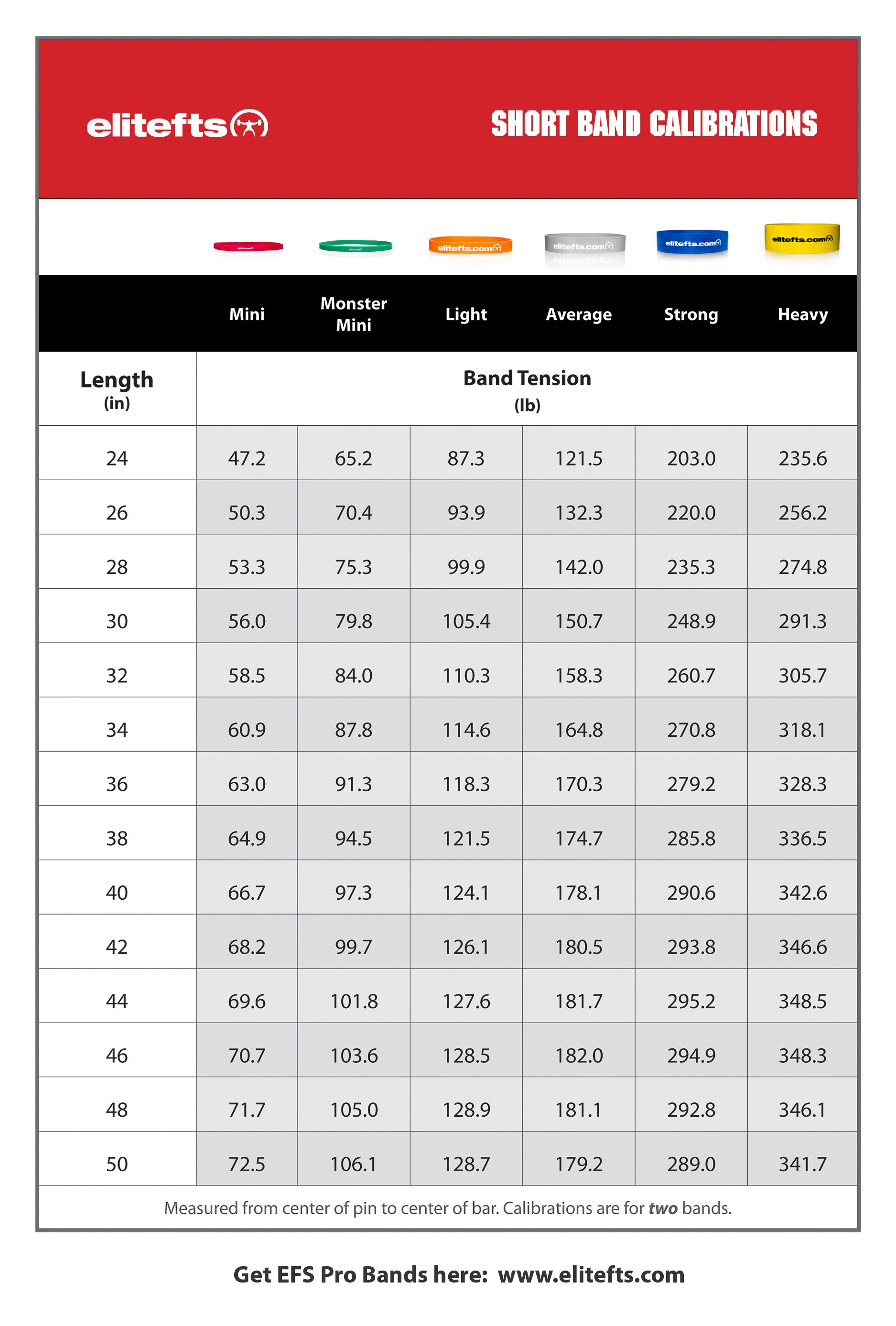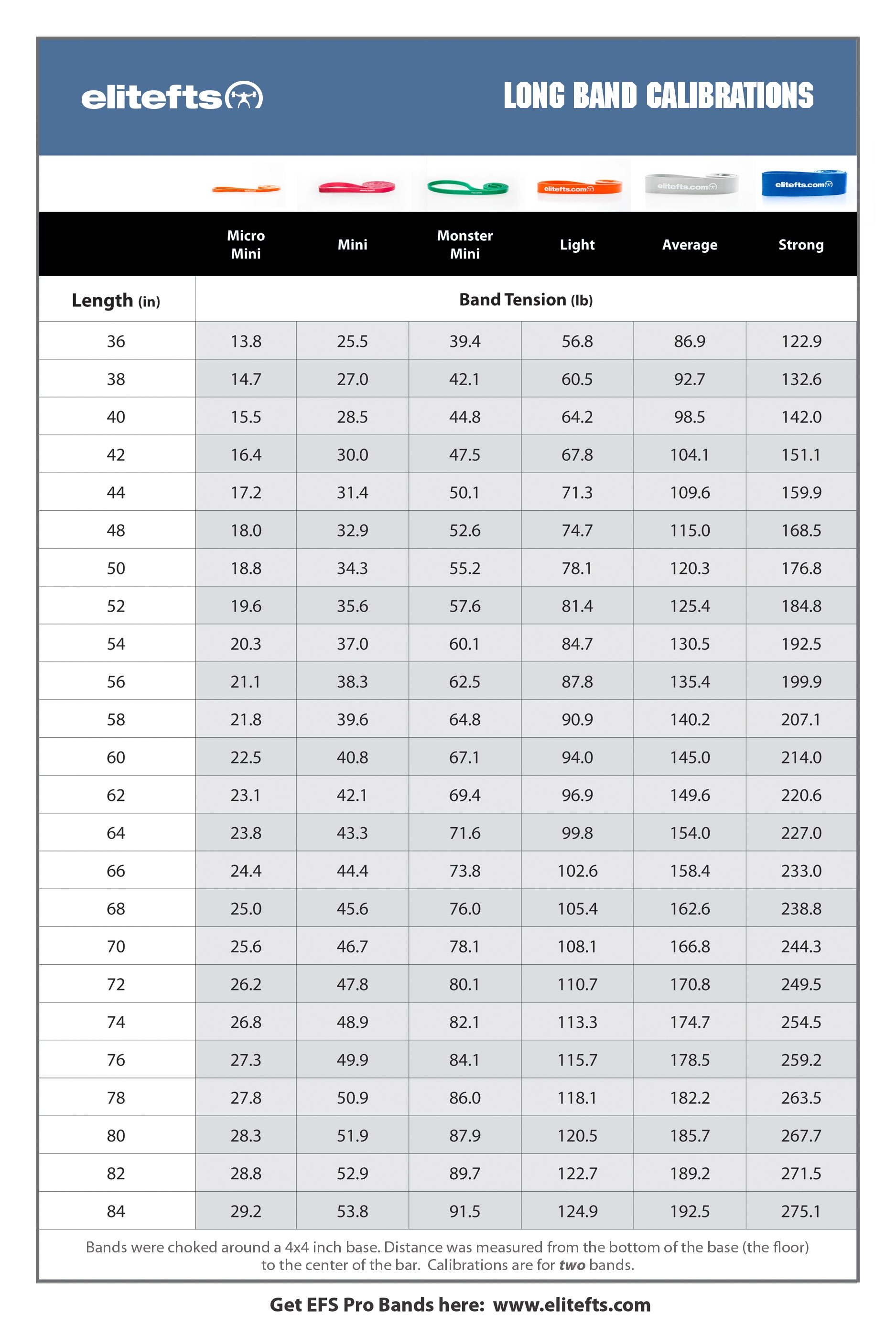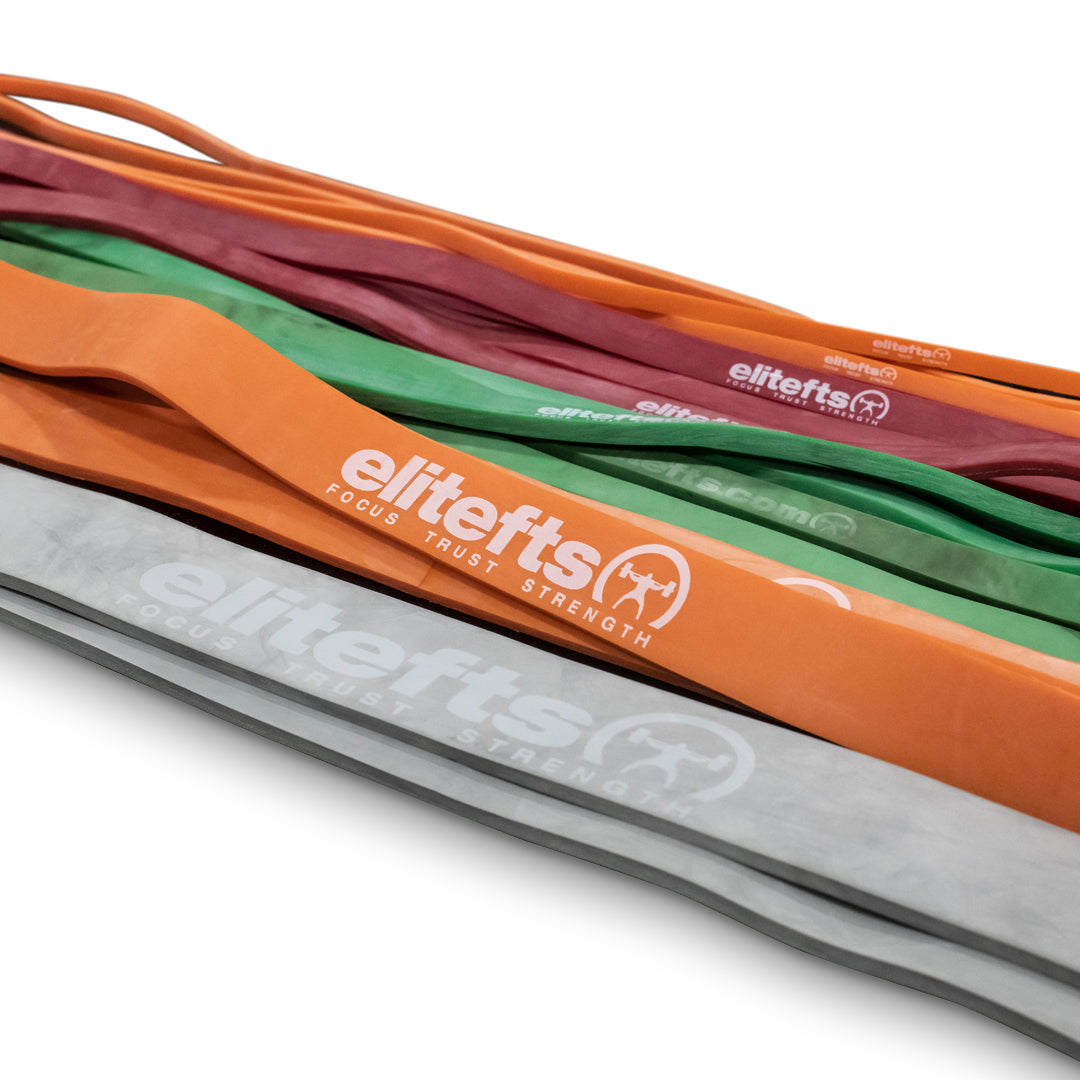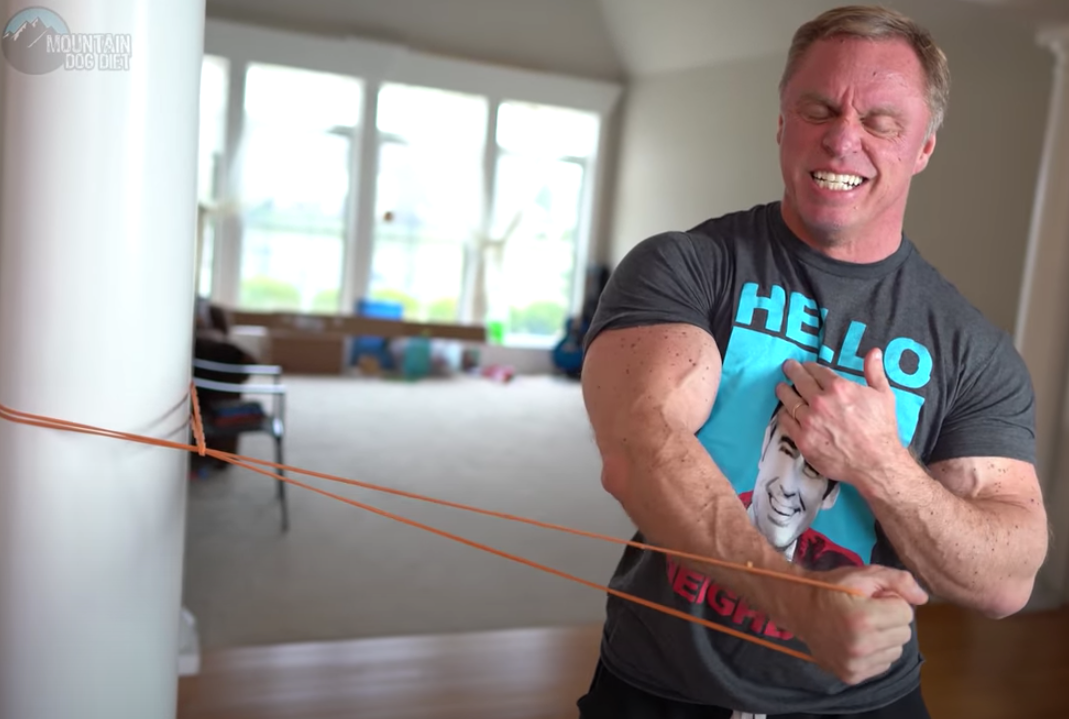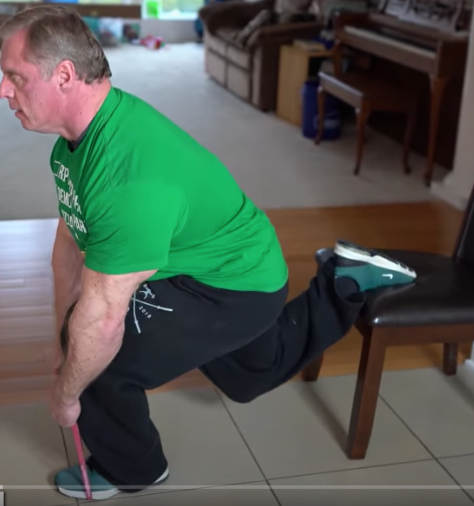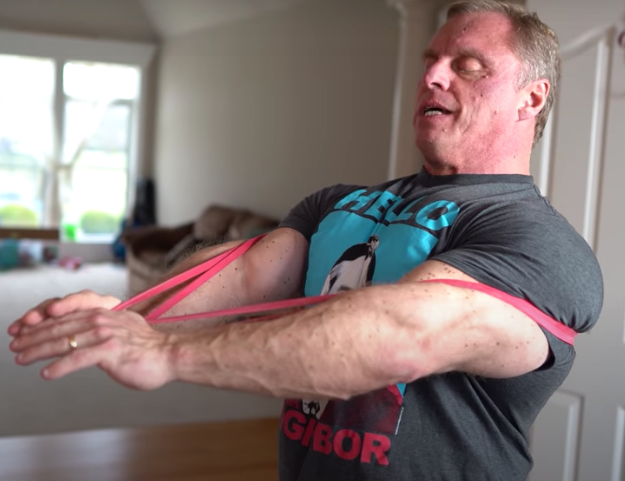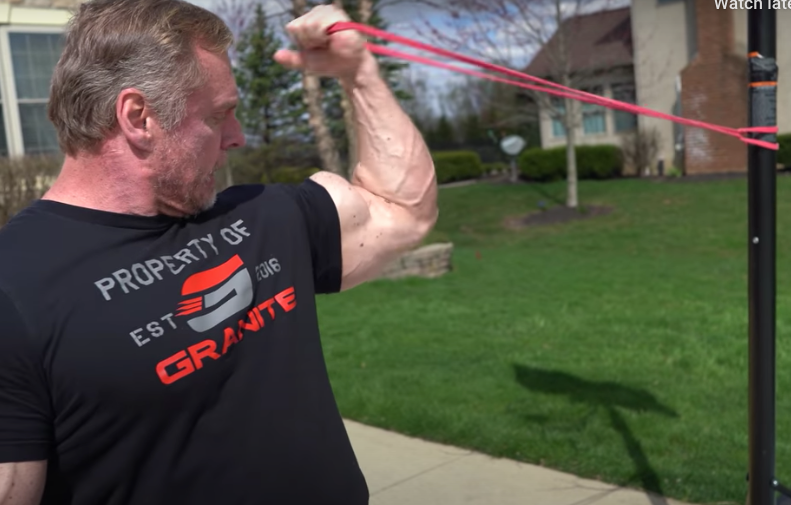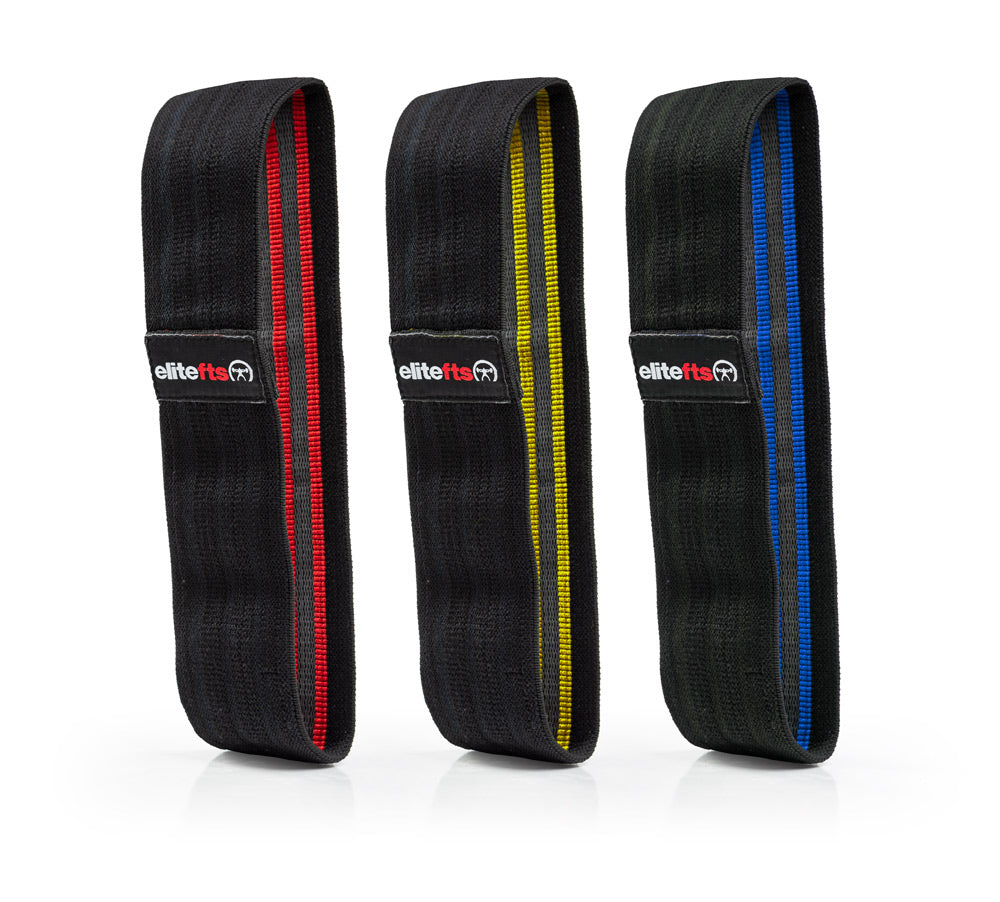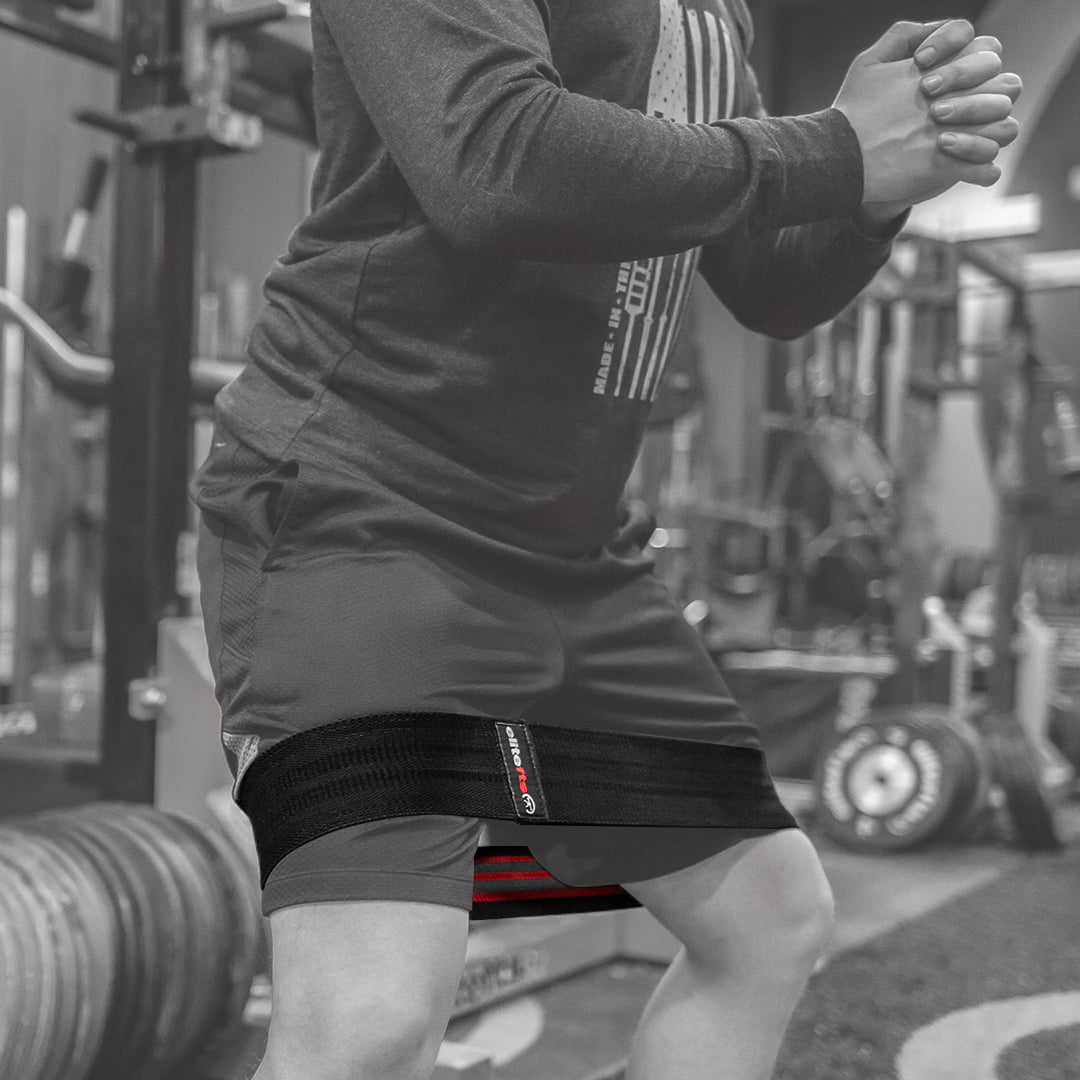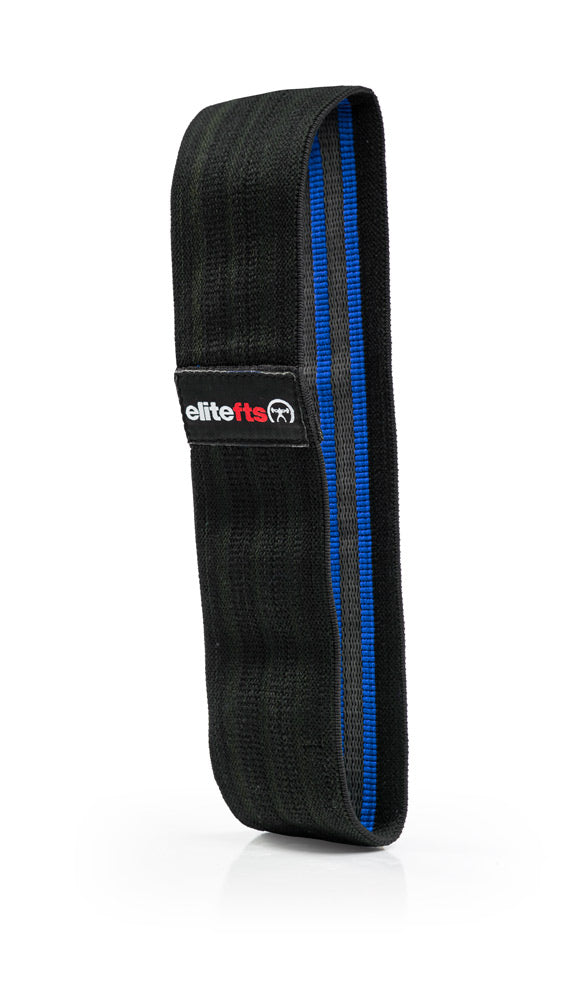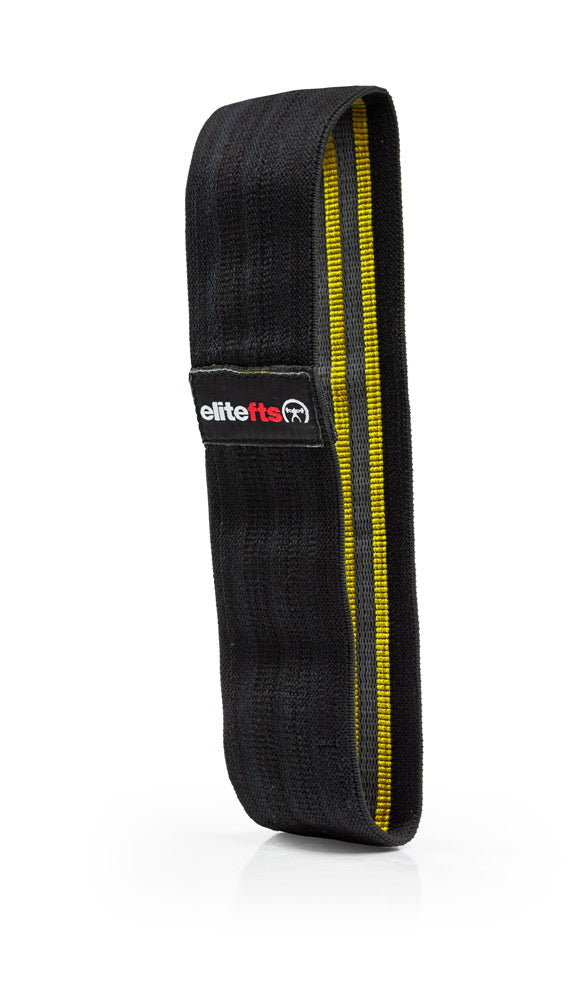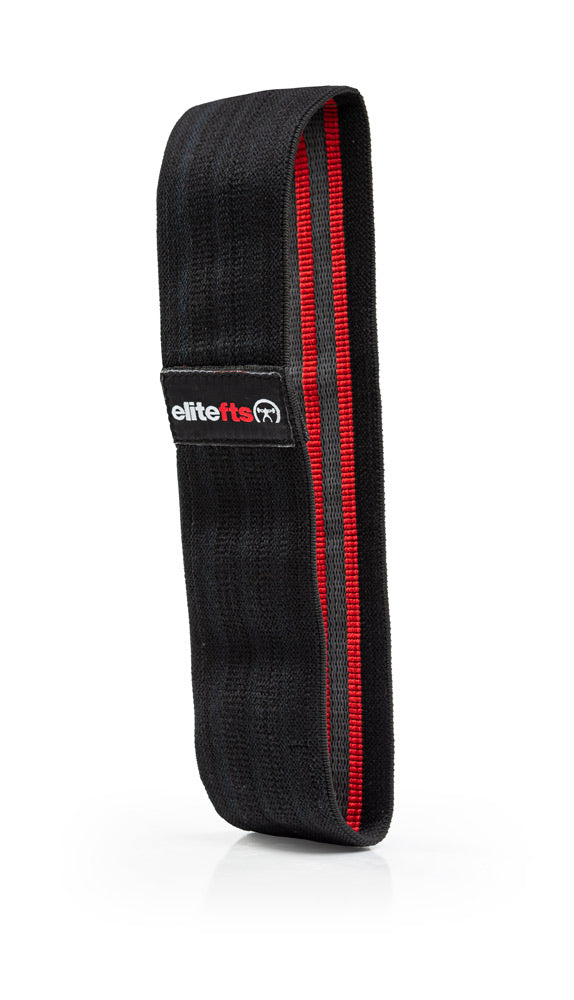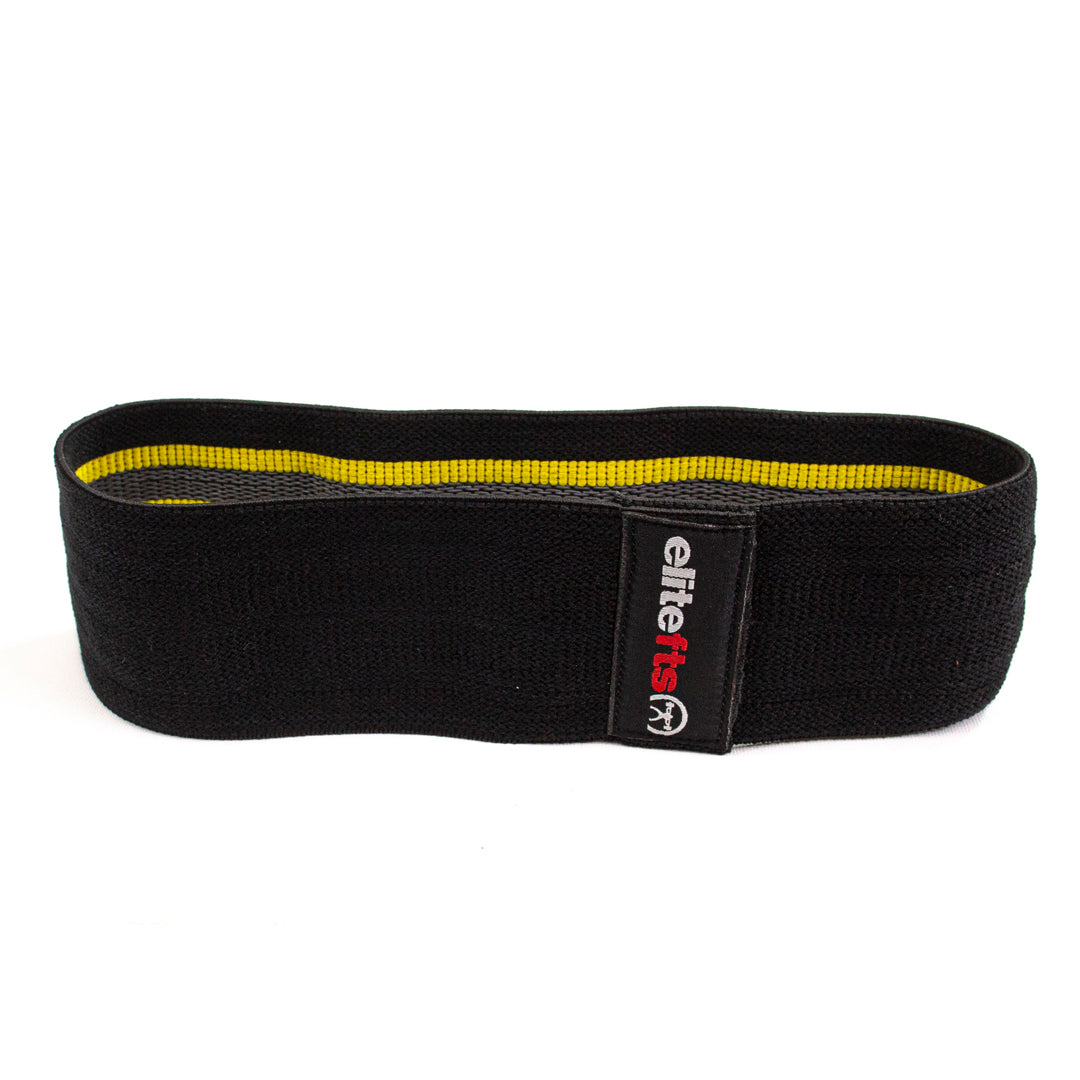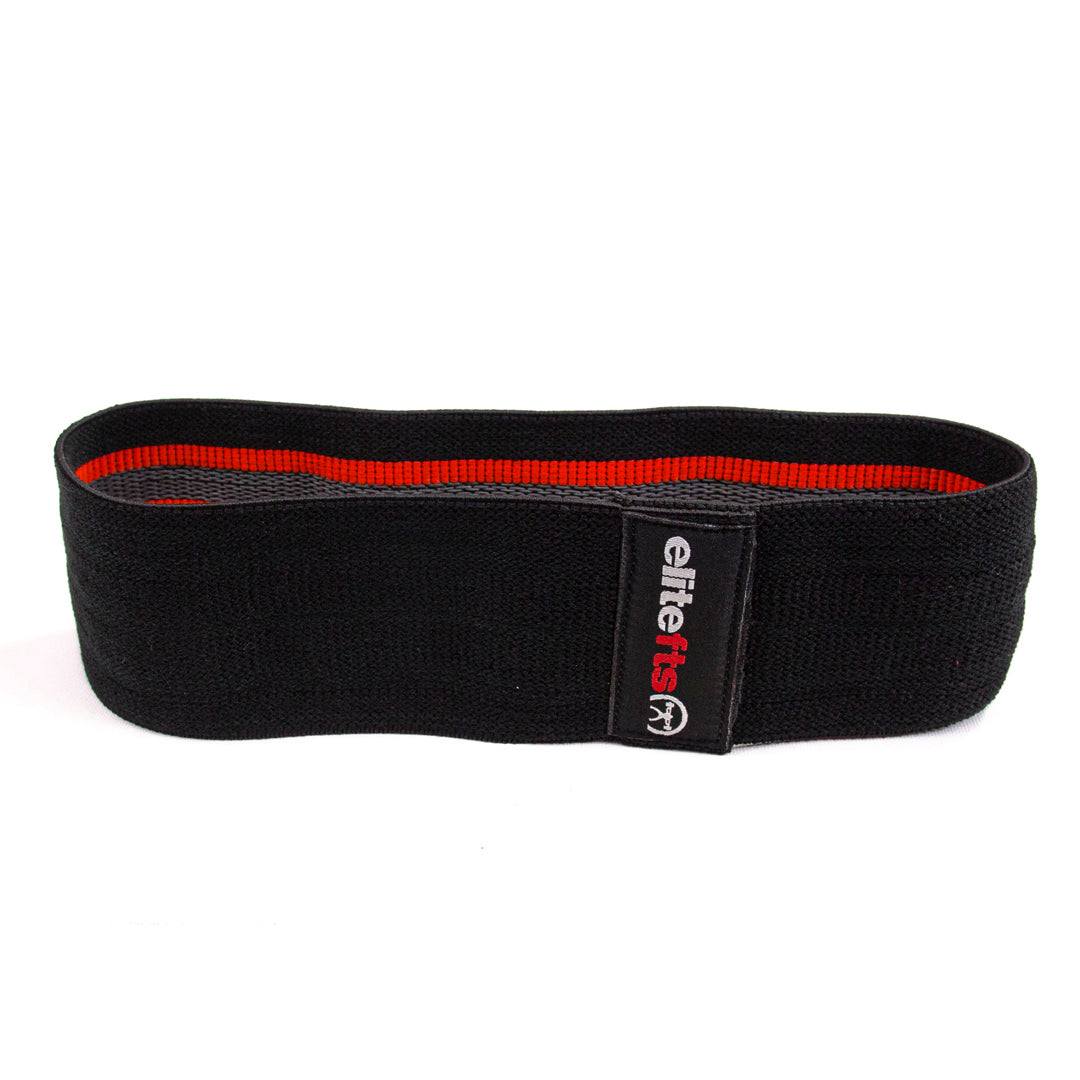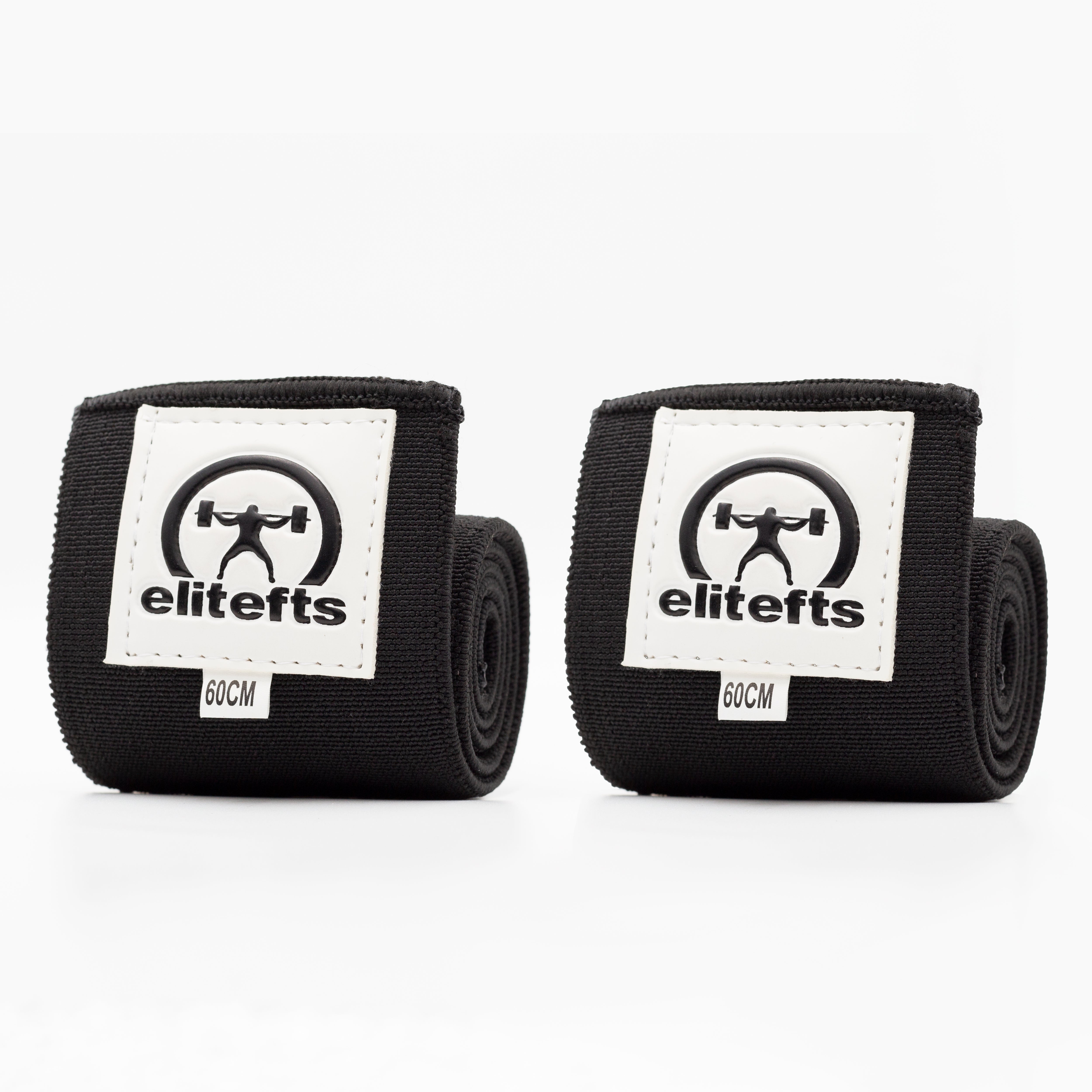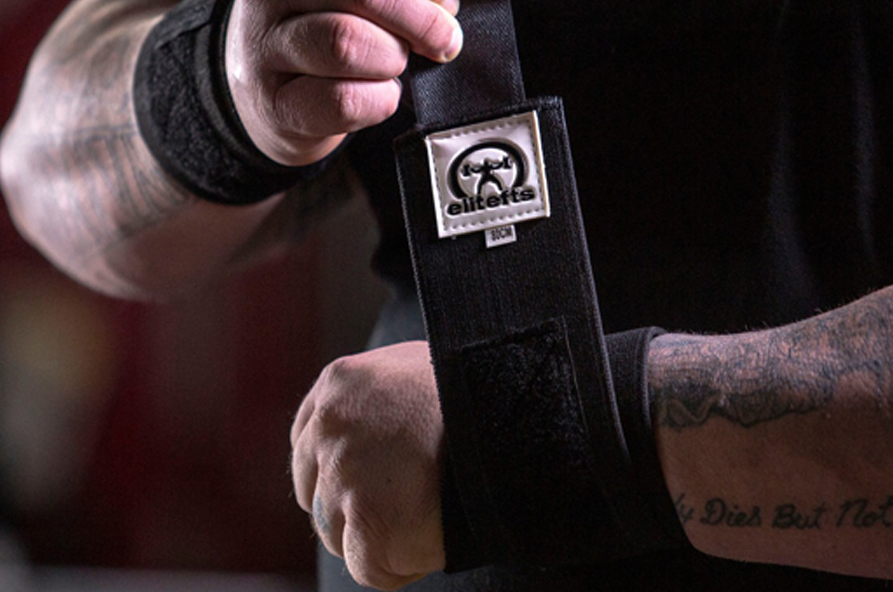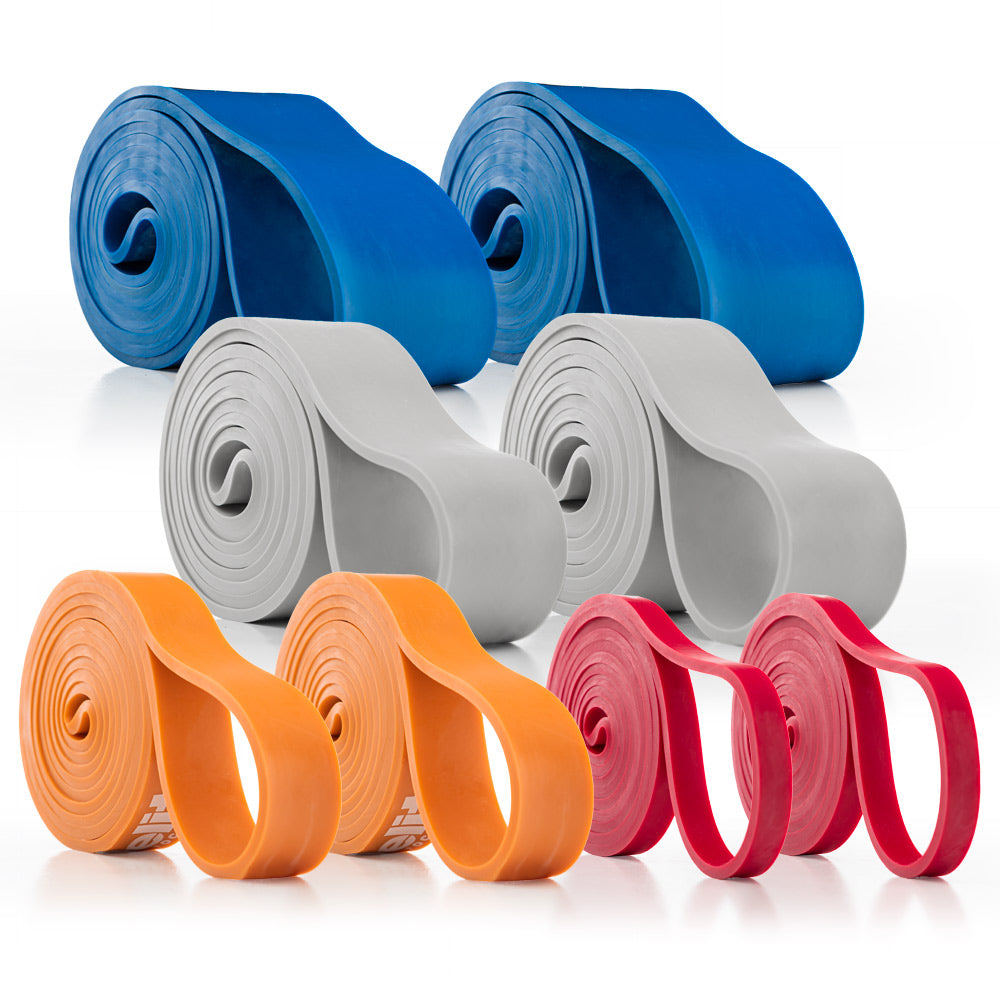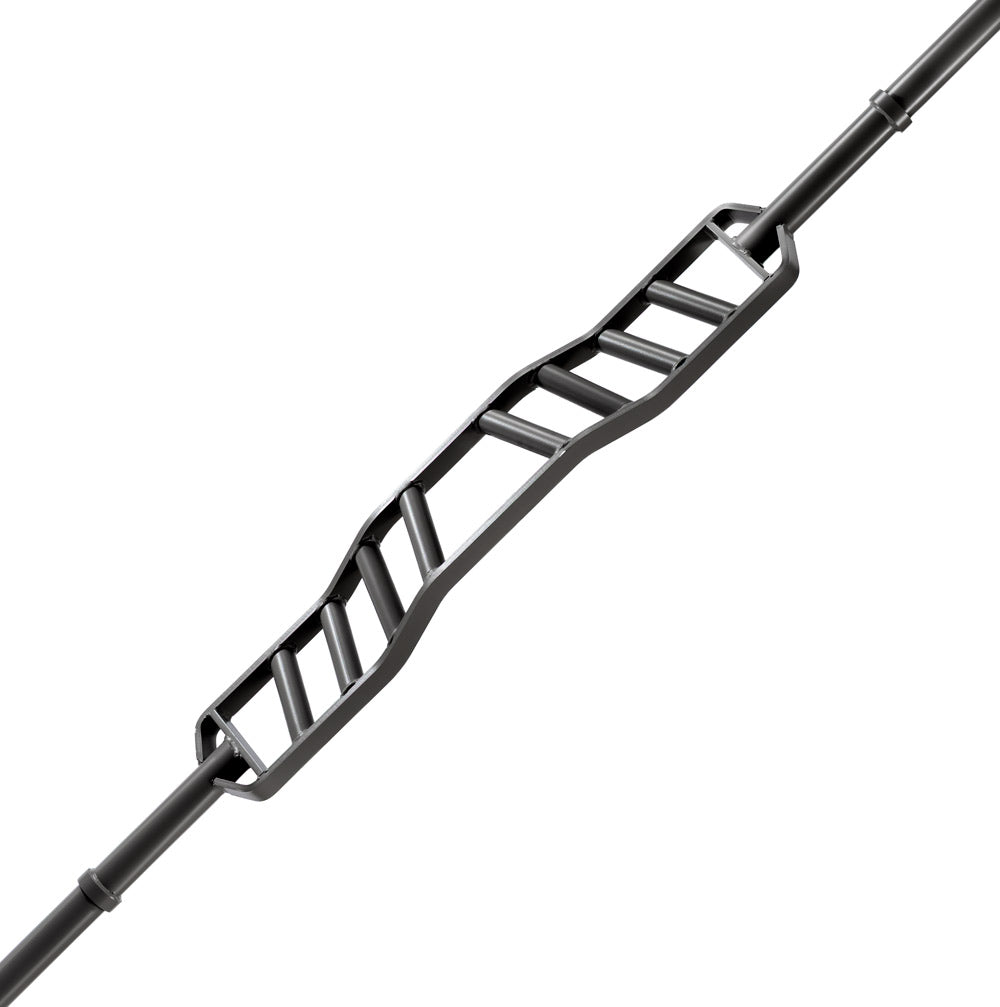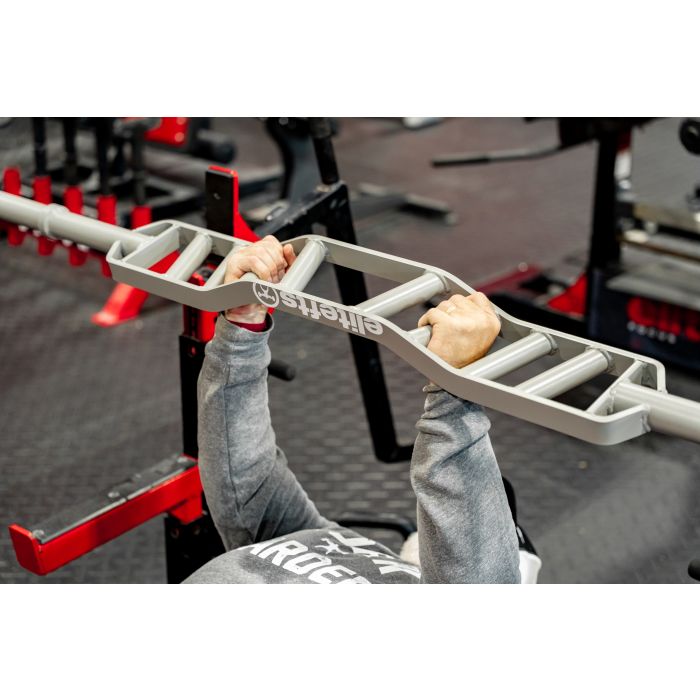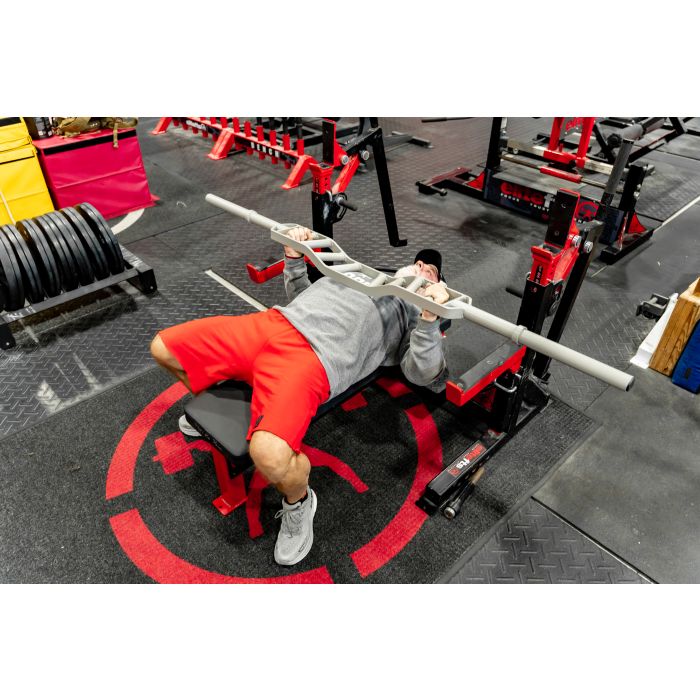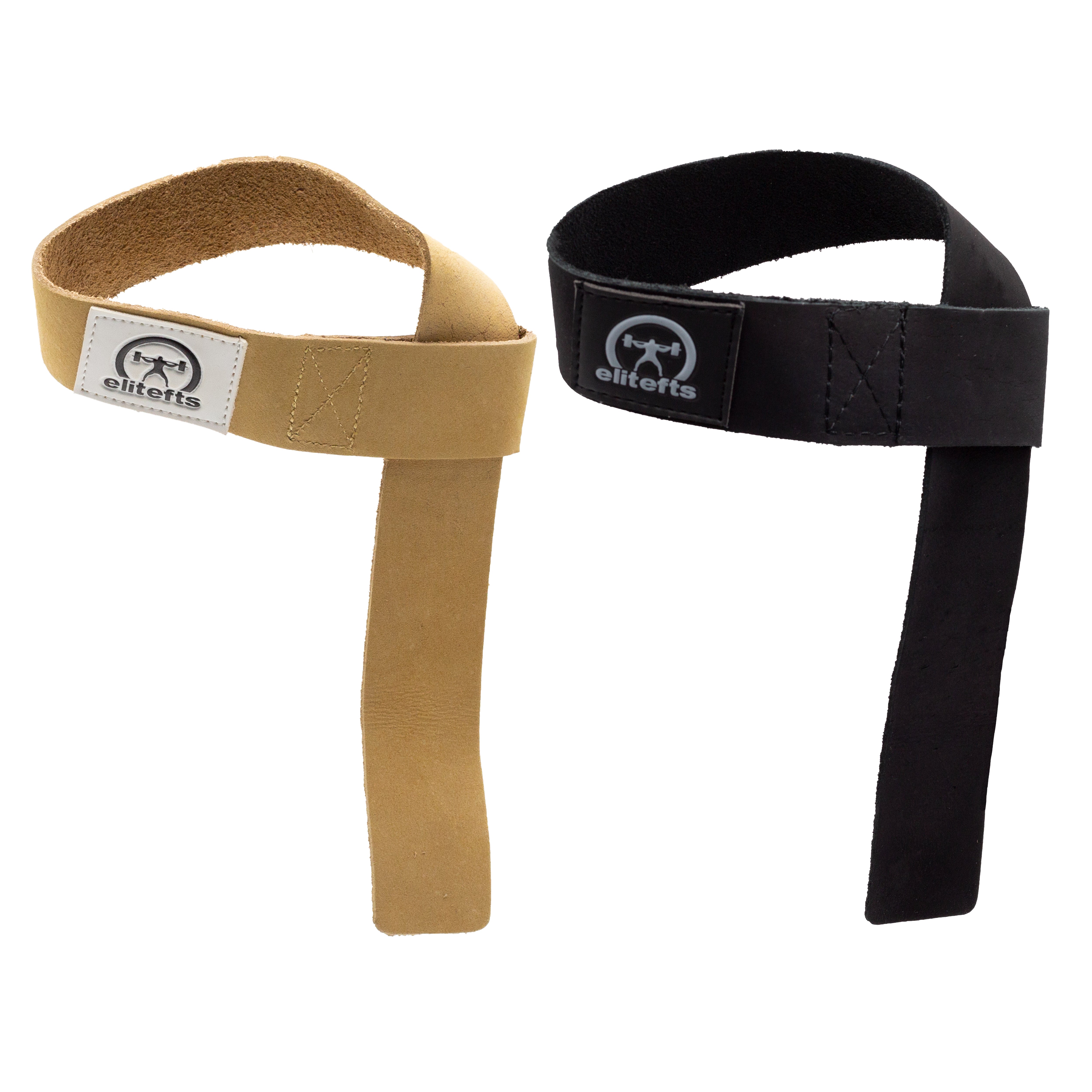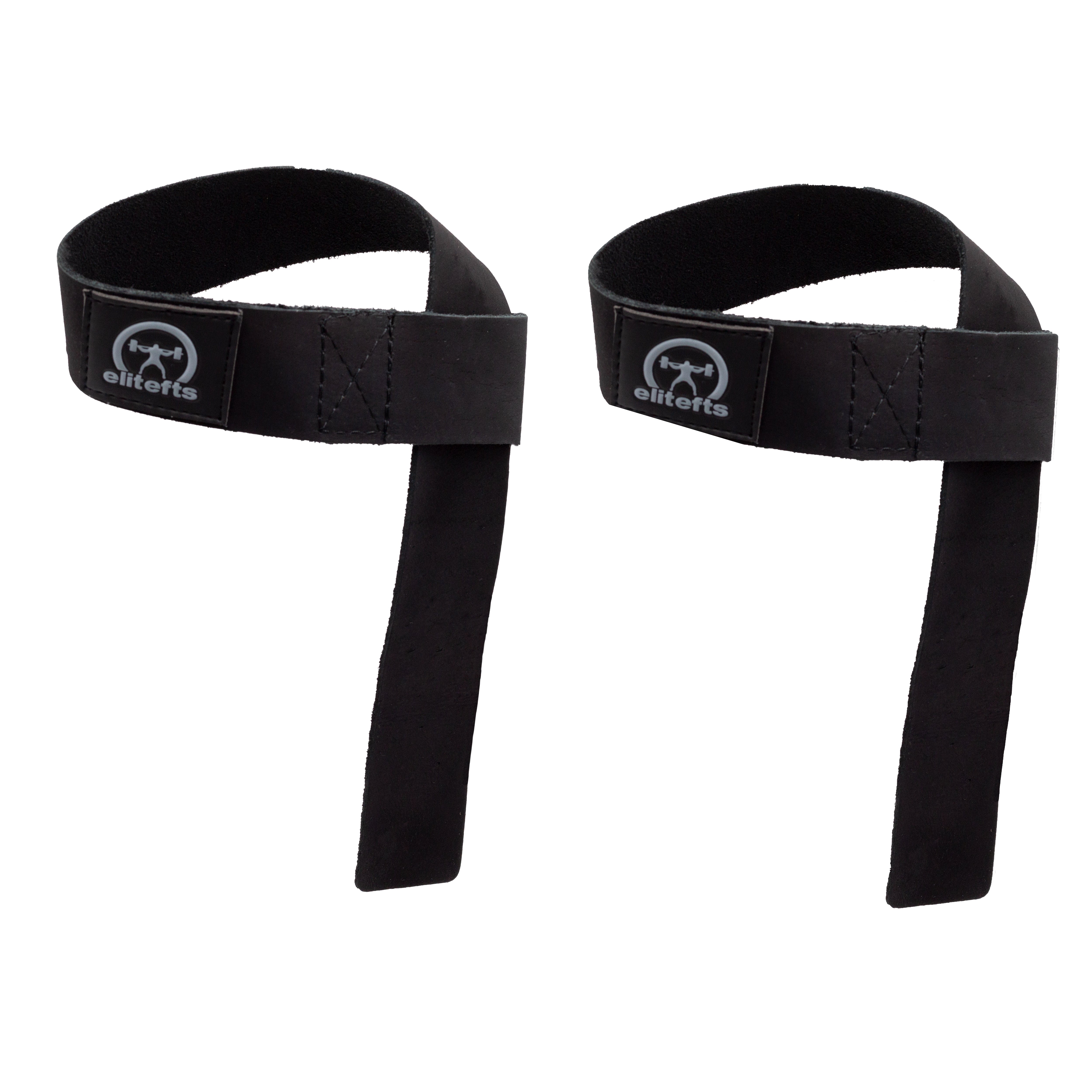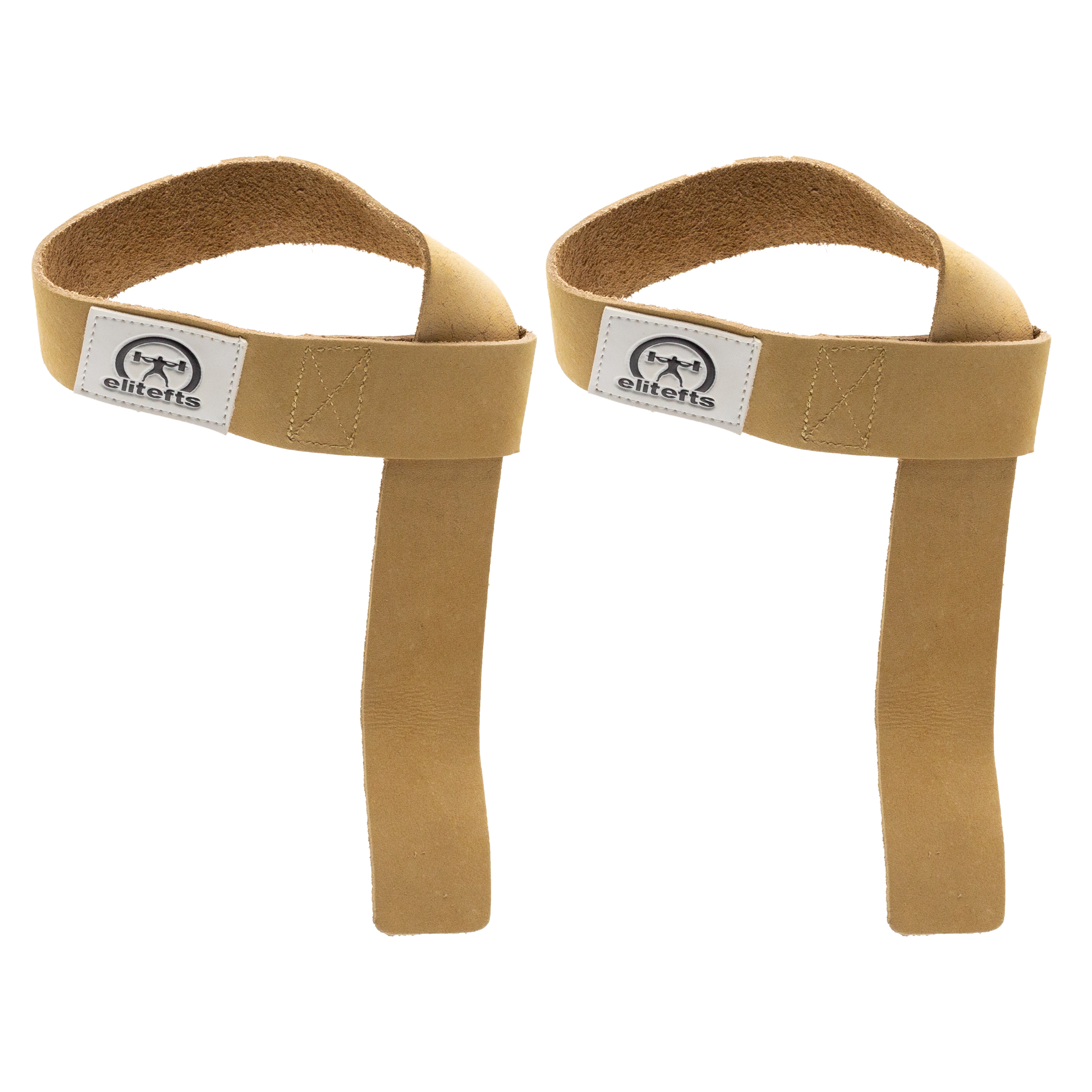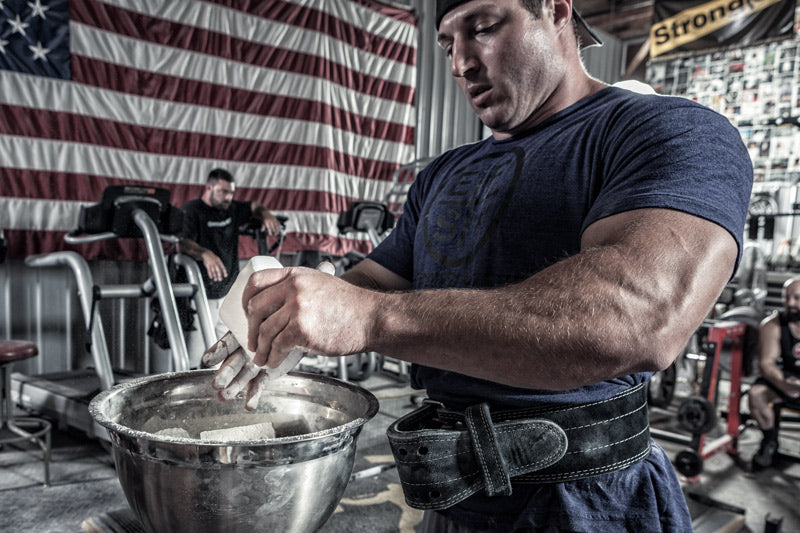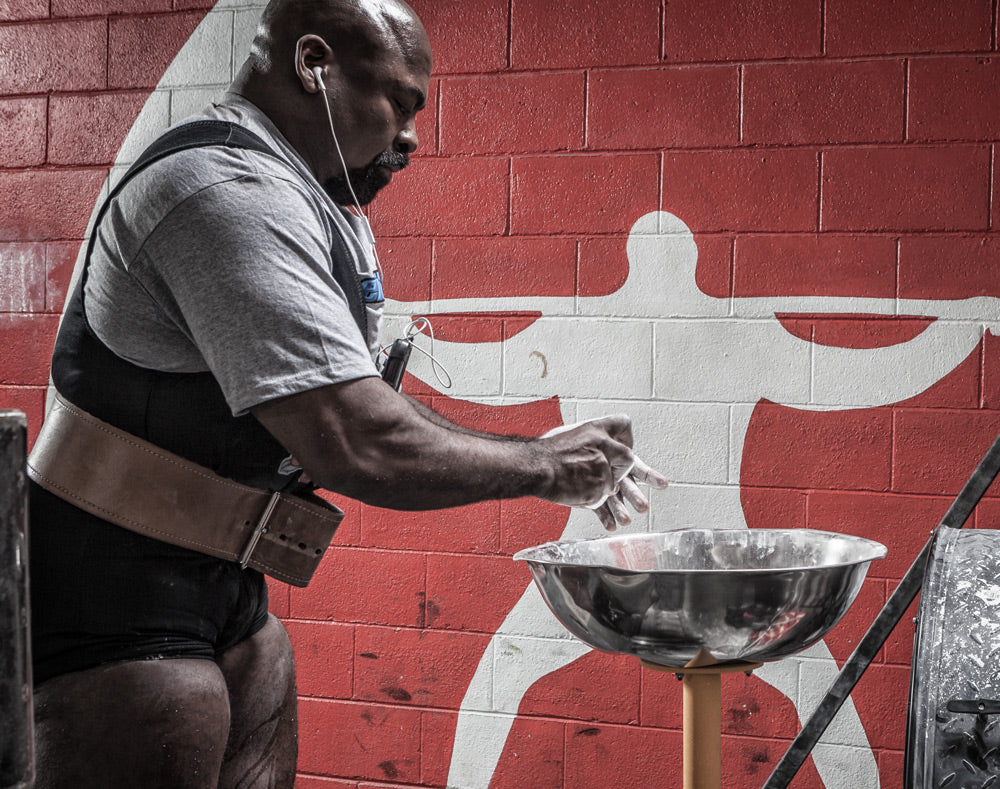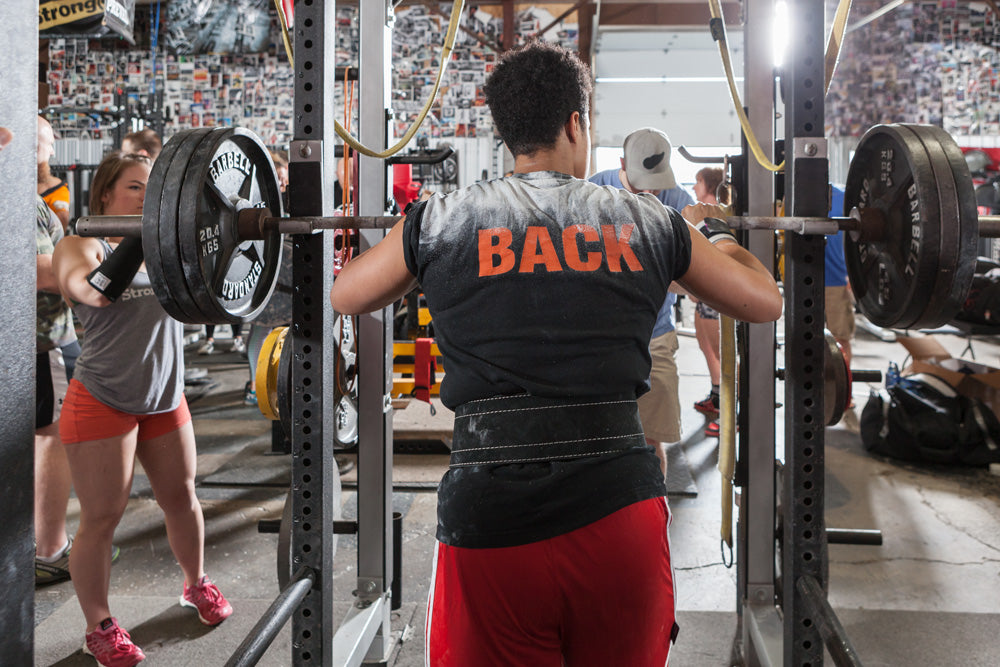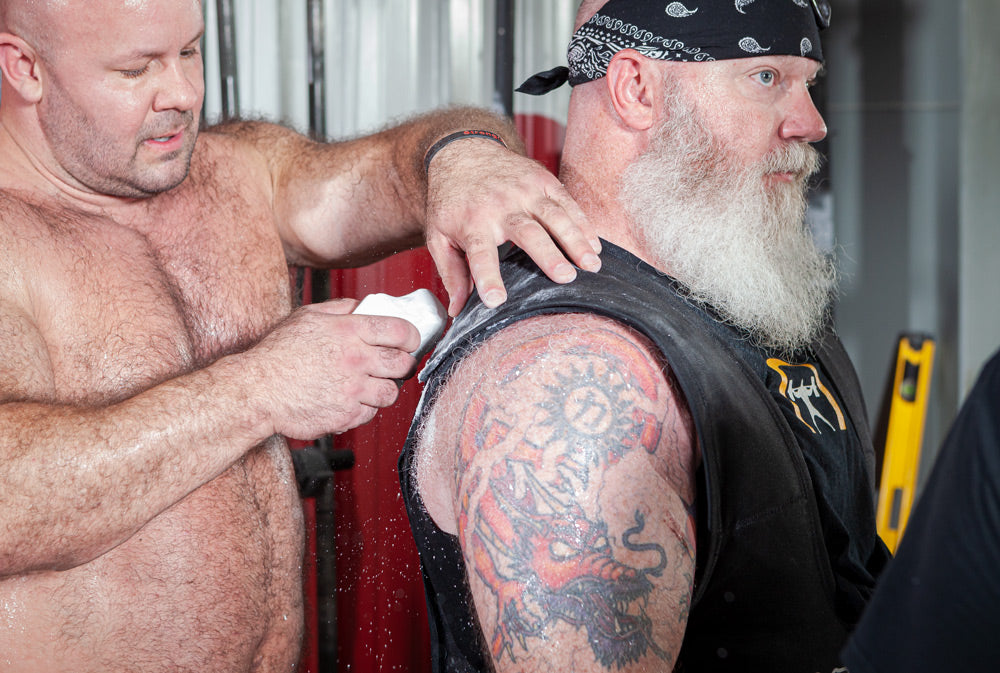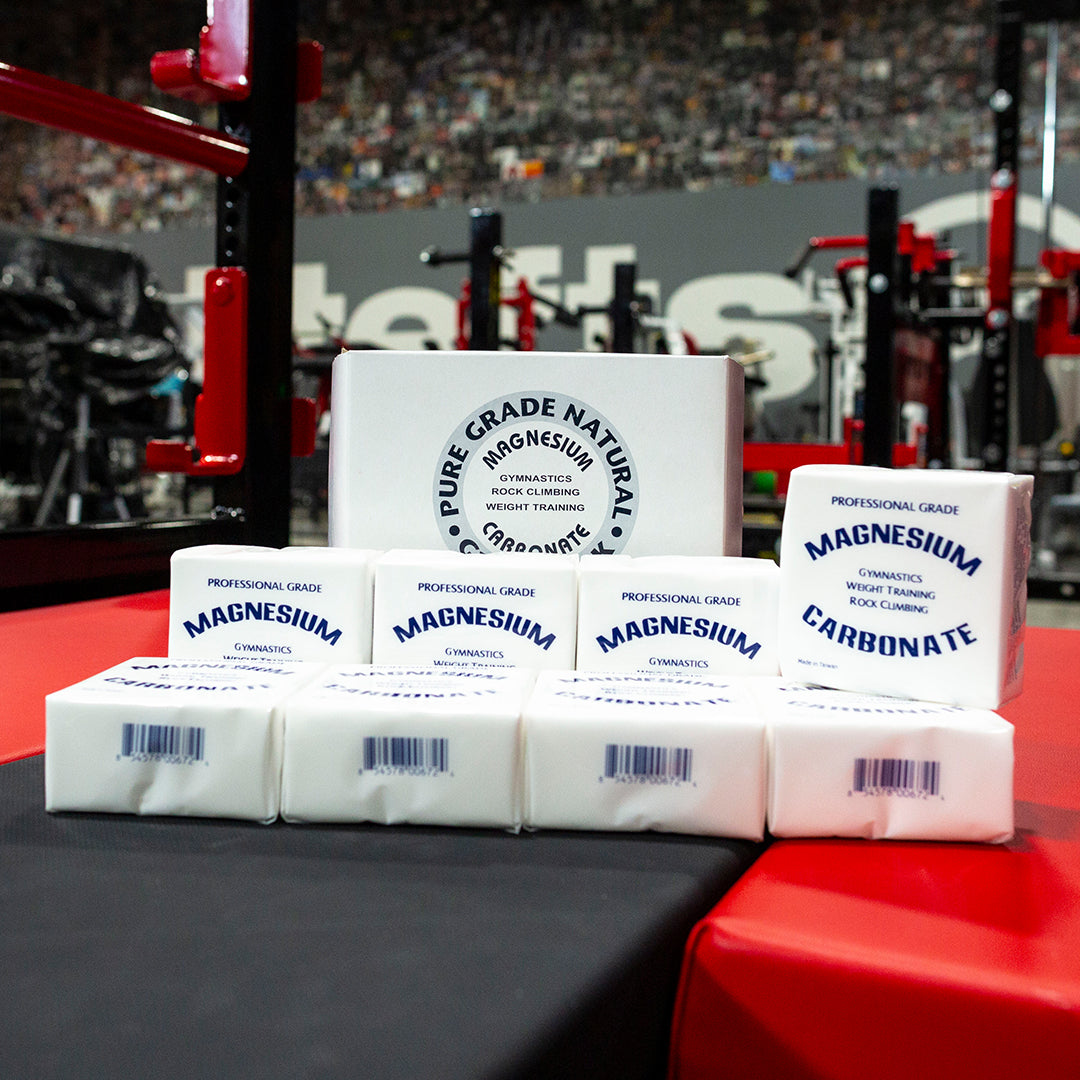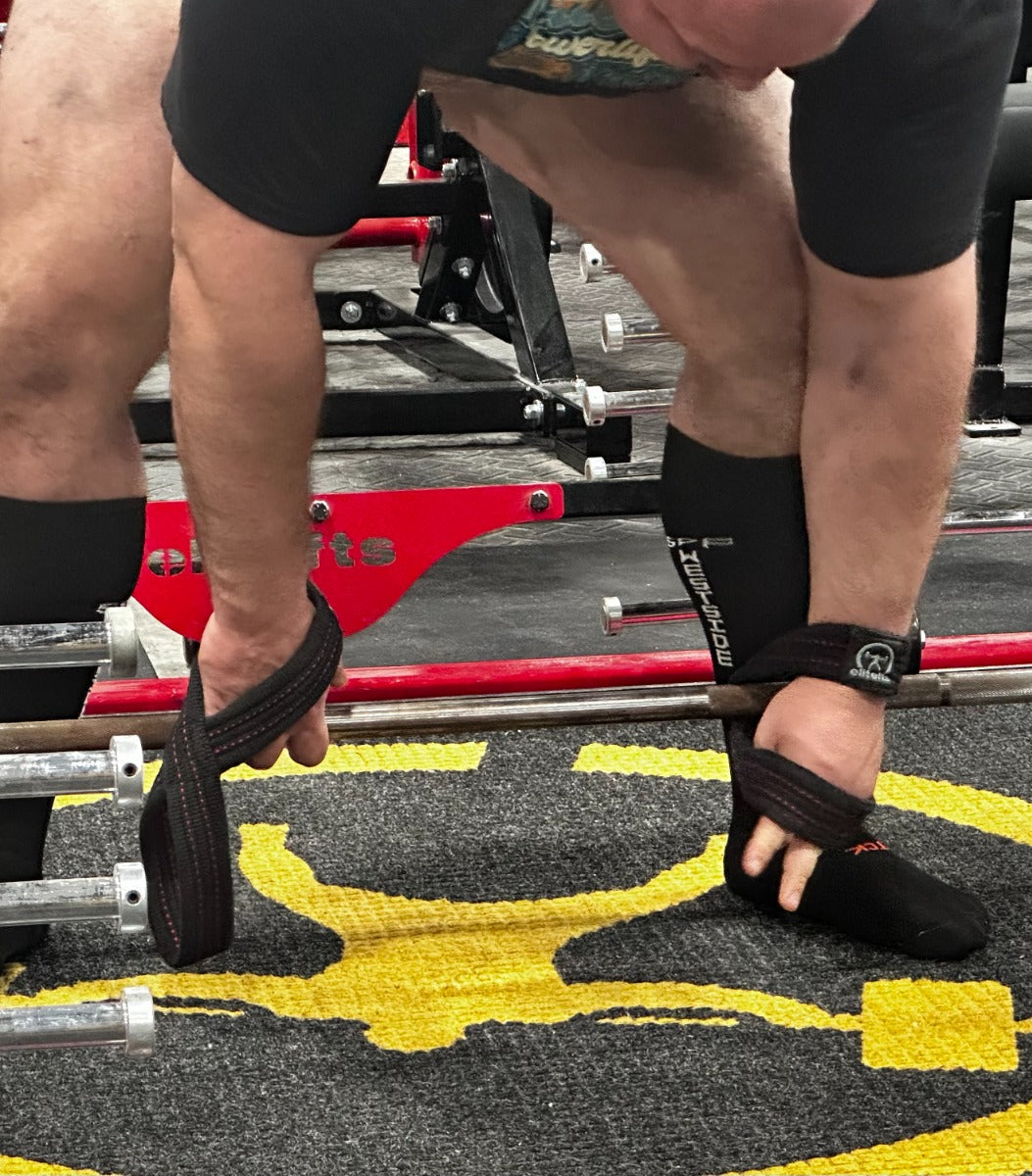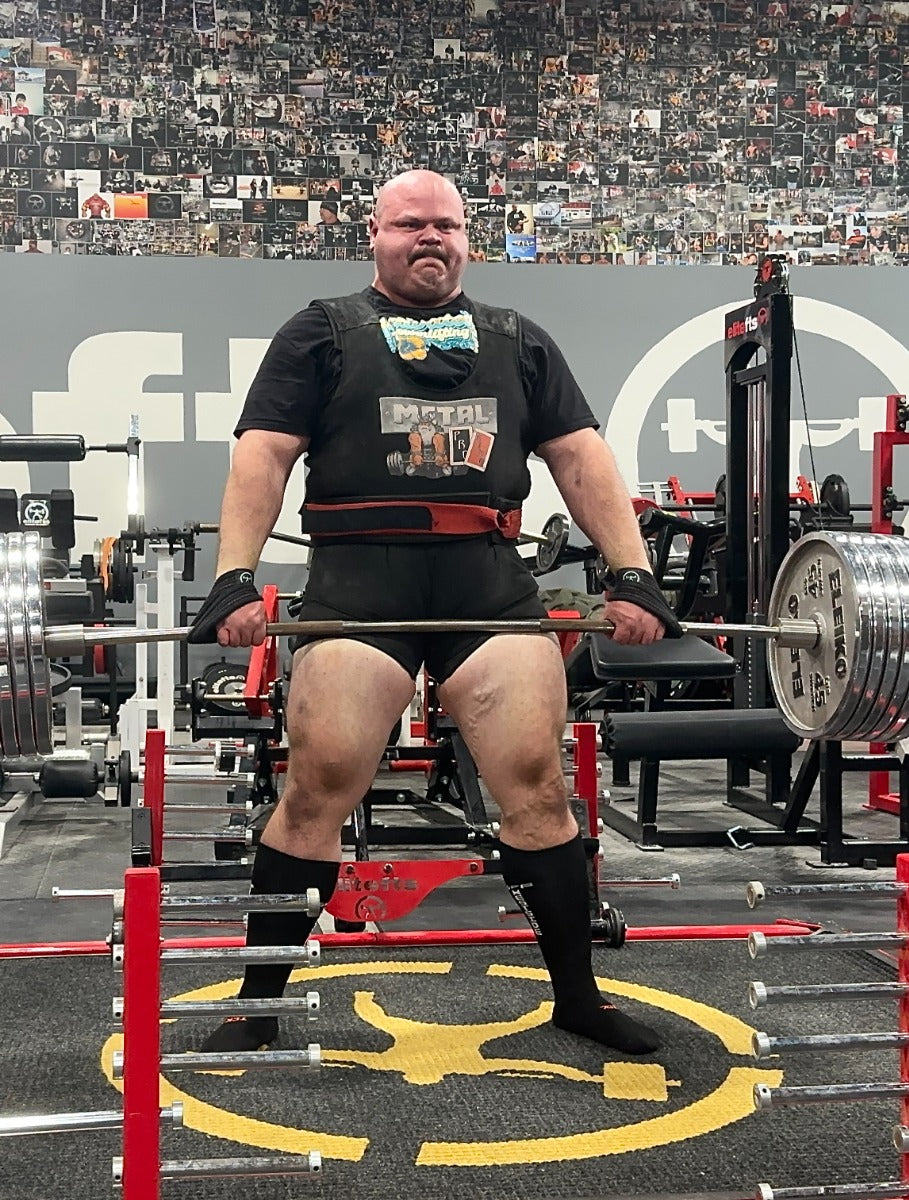Falling Forward in the Squat One of the most common mistakes when squatting is falling forward. You see it at the gym and at meets. It happens with novice lifters and advanced lifters. The first thing that you have to do is recognize that you have a problem. You have to understand the problem and how the problem is affecting your squat. When you are dealing with sticking points you have to remember they can be: Technical Mental Physical In many cases, there is a little bit of all three. For example, by having bad technique you incorporate more use out of one muscle group or firing pattern than what is needed. This causes over development in one area and under development in others. By having weak abs you may tend to fall into the squat too much as you sit back. If this happens every time you squat you will begin to develop a mental process of falling into the squat when you sit back. Regardless of what strength training changes you make this process will still be established. Finally you may have perfect technique until 90% gets on the bar and then all hell breaks loose. What I am trying to say is you need to go after this from more than one angle.  Mental Get your head out of the toilet. If you are constantly worrying about your sticking point and expecting it to be there, it always will. This happens to most lifters at one time or another. You get the heavy weight on your back and begin to sit down and say to yourself “Here I go again, I am about to drop forward”. How do I know this? Because many people will say, “Once I get to about 90% of my max, I begin to fall forward. You have already established this is going to happen. So, get this out of your head and find a way to have success with weights over 90% where this will not happen. These things I am now recommending has nothing to do with the physical aspect of training but getting your head right. You can try visualization, self-talk and other modes of building your confidence. I always hear the term, “It’s all mental.” I find this statement to be nauseating and over done, but there is some truth to it. If you believe it, bad or good, it will usually happen. The problem is that you have to really believe it. If you are like any other lifter I know, getting into a peak state is not an issue. It is keeping the state when problems happen under the bar. Please remember that a peak state doesn’t always mean that you are a mad man. You have to be focused. Try heavy high box squats with weight above 90%. Take the box up a few inches. Use gear if you need. Find a way to squat over 90% and not fall forward. You can also try high pin squats and reverse band squats. You are going to have to find tricks to get your confidence up. For example, some people have problems benching 405. Usually it’s because it’s 4 45lb plates per side. It can be intimidating. But if they use 3 45lb plates and make up the difference with 25’s and 10’s, this can be overcome.
Mental Get your head out of the toilet. If you are constantly worrying about your sticking point and expecting it to be there, it always will. This happens to most lifters at one time or another. You get the heavy weight on your back and begin to sit down and say to yourself “Here I go again, I am about to drop forward”. How do I know this? Because many people will say, “Once I get to about 90% of my max, I begin to fall forward. You have already established this is going to happen. So, get this out of your head and find a way to have success with weights over 90% where this will not happen. These things I am now recommending has nothing to do with the physical aspect of training but getting your head right. You can try visualization, self-talk and other modes of building your confidence. I always hear the term, “It’s all mental.” I find this statement to be nauseating and over done, but there is some truth to it. If you believe it, bad or good, it will usually happen. The problem is that you have to really believe it. If you are like any other lifter I know, getting into a peak state is not an issue. It is keeping the state when problems happen under the bar. Please remember that a peak state doesn’t always mean that you are a mad man. You have to be focused. Try heavy high box squats with weight above 90%. Take the box up a few inches. Use gear if you need. Find a way to squat over 90% and not fall forward. You can also try high pin squats and reverse band squats. You are going to have to find tricks to get your confidence up. For example, some people have problems benching 405. Usually it’s because it’s 4 45lb plates per side. It can be intimidating. But if they use 3 45lb plates and make up the difference with 25’s and 10’s, this can be overcome.  Physical For this portion, I am going to ask you to think. Think about your training. Think about what you do and what you don’t do. If you think hard enough you will see you know exactly what to do. 1. You may not be able to hold the static arch long enough to get down – Take a safety squat bar and bend over as you would a good morning. At the half way point hold the position and arch you back and hard as you can. Hold for 2-3 second and relax, then arch again. This would be done at the end of your workout. 2. You abs are not strong enough to support your torso when you hips break – Add in heavy ab work. Namely, heavy leg raises and side bends. I would highly advise you to train your abs in this manner at least twice/week. 3. You upper back is rounding. This has a flow effect. Your upper back will round and then your lower back will follow. Once again the safety squat bar movement above will help with this as well as face pulls and anything else that tending to pull your upper back tight in a contracted position. 4. You lower back is just weak! Add more weight to all you accessory work. 5. Your elbows are not under the bar. If your elbows are pointed backwards (towards your butt) then you are sure to fall forward. Simply attempt to bring your elbows forward and under the bar. There is no exercise that can help correct this; just make sure you have verbal cues.
Physical For this portion, I am going to ask you to think. Think about your training. Think about what you do and what you don’t do. If you think hard enough you will see you know exactly what to do. 1. You may not be able to hold the static arch long enough to get down – Take a safety squat bar and bend over as you would a good morning. At the half way point hold the position and arch you back and hard as you can. Hold for 2-3 second and relax, then arch again. This would be done at the end of your workout. 2. You abs are not strong enough to support your torso when you hips break – Add in heavy ab work. Namely, heavy leg raises and side bends. I would highly advise you to train your abs in this manner at least twice/week. 3. You upper back is rounding. This has a flow effect. Your upper back will round and then your lower back will follow. Once again the safety squat bar movement above will help with this as well as face pulls and anything else that tending to pull your upper back tight in a contracted position. 4. You lower back is just weak! Add more weight to all you accessory work. 5. Your elbows are not under the bar. If your elbows are pointed backwards (towards your butt) then you are sure to fall forward. Simply attempt to bring your elbows forward and under the bar. There is no exercise that can help correct this; just make sure you have verbal cues.  Technical This section is taken from the article “Squatting from Head to Toe.” Here are some guidelines to help make sure that your squat form is correct. Phase I: The first thing to check for is proper body position at the beginning of the lift. Keep in mind you'll have to keep the entire body tight. If any body part is held loose it will become your weak link and you'll break down. Before setting up under the bar you'll need to grasp the barbell and duck under it with your feet about shoulder width apart or slightly wider. While under the bar you'll have to start to really tighten up. Grasp the bar with your hands and start to squeeze it as if you were trying to bend the bar across your back. Next, pull your shoulder blades together as tight as possible while pulling your elbows forward. This is to keep the upper back locked in this position during the lift. If your elbows are flaring out, it'll cause the barbell to travel forward at some point during the lift. The key to squatting big weights is to keep the barbell path traveling in the shortest line as possible. Any deviation from this line will cause a missed lift. Now that your upper back is tight you'll need to tighten your midsection. First, expand your abdomen as much as possible. When you pull air into your body it should be into the diaphragm, not the chest. Expand you belly and push it out against your belt. This will stabilize and support the lower back and not elongate the spine. If you're having a hard time trying to figure this out, then wear your weight belt one notch loose and push into it with your belly so it becomes tight. Pushing your belly out goes against what many believe because they feel training this way will cause injuries to the lower back. After 30 years of box squatting Westside has had 23 lifters squat over 800 pounds, six over 900 pounds and one over a grand. Not one of these lifters or any of the others has had lower back problems. All the power of the lower body is transferred through your core to the barbell. If this core isn't tight the power will "get lost" so to speak and never travel to the bar. While I don't agree with the use of a belt for the majority of training, I do believe in the use of belts to teach a person how to use the abdominals while squatting. The belt is a training aid in competition, so you must learn how to use it to its fullest advantage. Phase II: Now that you have your upper back and belly tight, you need to arch the bar out of the rack. When you take a barbell out of the rack, it should never hit the front supports. This shifts the weight to the toes and will cause you to lose your tightness (as well as set the bar in a position to use your quads instead of your hips and hamstrings.) Arch the bar out, then push with your legs to get the bar off the racks. Keep the arch. Step back with one leg, then the other. You want to maintain your tightness and set your stance as wide as possible. I believe in using a wide stance when squatting because it'll shorten the distance the bar will have to travel and will place the stress more on the glutes, hips, hamstrings and back. I've figured out over time that the quads aren't that important for squatting maximal weights. Instead, it's the hips, back and hamstrings. If your quads were really doing all the work, then why wouldn't you be able to squat as much as you could leg press? So, set up in a wide stance. From this position, pull all the air back into your belly and try to make your back and abs tighter than before. You should also be forcing your knees out to the sides. You'll know you're doing this right if your hips feel tight. This will place the stress on the hips as well as increase the leverage in the bottom of the squat. The closer you can keep your knee, ankle, shoulder and hip joints in a straight line, the greater the mechanical advantage. This is why you can quarter squat much more than you can full squat. You also want to be pushing out on the sides of your shoes. Never push downward. Act as if you're tying to spread the floor apart. This is to further activate the hips. Your butt should also be sticking out with your back arched as hard as possible. Head position is vital to keeping the barbell in the proper path for squatting. You must drive your head into the bar. This doesn't mean look up; you should actually be looking forward. You want to be looking forward for a couple of reasons. First, if you're in a competition, you'll need to see the head judge give you the squat signal. Second, you'll want to see everyone's reaction after you smoke your lift! I don't know about you, but I want to see the look of awe in their eyes after I get the lift. Besides, if you're looking down you'll more than likely start to fall forward about half way up and miss the lift. The act of pushing your head back into the neck should be the same action as if you were to lay on the floor and push your head against the ground. As for toe position, lighter guys should usually point their toes straight ahead. Heavier guys, often because of a lack of flexibility, may want to point their toes out slightly. Now you're ready to begin the squat. Phase III: To start the squat, I want your hips to begin the motion, not the knees. When your knees bend first, the load is shifted downward; you need the load going backward. Remember, you want the bar to travel in a straight line. Keep pushing the hips back as you squat down. The key is to "sit back." Most people sit down on a toilet with better form than they squat because they have to sit back. As you sit back you want to feel tension in the hamstrings. Act like they're springs you're trying to compact before they rebound back. This will cause a great stretch reflex out of the bottom of the squat. An explosive start is another key to squatting maximal weights. Keep sitting back until you sit on the box. The box should be one inch lower than parallel for most people, although I sometimes recommend that less experienced lifters find a box that puts them at one inch above parallel. (Note: I can't recommend a pre-manufactured box at this time because I simply haven't found any good ones. All of our boxes at Westside are homemade. When selecting a box, most people need one between 12 and 14 inches high. Also, pick one that's big enough to fit your butt. Note that some people use a flat bench for box squats. I've found that these are seldom set at the proper height, however, and may be too narrow for some.) When you reach the box you want to sit down and relax the hips flexors while keeping every muscle other muscle tight. You also don't want to fall down on the box and try to bounce off of it. You sit back with the same speed you squat. Pause on the box for a split second and explode off of it. No bouncing! Your knees must still be pushed out and your abs, upper back and arms should remain tight while your back stays arched. When you're on the box it's important to have the shins perpendicular to the floor or better yet, past perpendicular. This places all the tension on the squatting muscles. Phase IV: After you pause on the box you need to explode off by first driving the head and upper back into the bar, then by driving with the hips. When you begin the squat (during the eccentric phase) the hips move first then the head. The opposite of that (the concentric phase) should involve the head moving first then the glutes. It only makes sense to try to lift the bar first. If you don't drive with the upper back first then the bar will begin to move forward. If the bar is moving forward before you drive with the hips, you'll miss the weight and fall forward. Remember that falling forward in the squat is not a unique happening. A lot of lifters do it. And it has been overcome. I have given you many ways to approach your problem and solve. Now you have to do the work.
Technical This section is taken from the article “Squatting from Head to Toe.” Here are some guidelines to help make sure that your squat form is correct. Phase I: The first thing to check for is proper body position at the beginning of the lift. Keep in mind you'll have to keep the entire body tight. If any body part is held loose it will become your weak link and you'll break down. Before setting up under the bar you'll need to grasp the barbell and duck under it with your feet about shoulder width apart or slightly wider. While under the bar you'll have to start to really tighten up. Grasp the bar with your hands and start to squeeze it as if you were trying to bend the bar across your back. Next, pull your shoulder blades together as tight as possible while pulling your elbows forward. This is to keep the upper back locked in this position during the lift. If your elbows are flaring out, it'll cause the barbell to travel forward at some point during the lift. The key to squatting big weights is to keep the barbell path traveling in the shortest line as possible. Any deviation from this line will cause a missed lift. Now that your upper back is tight you'll need to tighten your midsection. First, expand your abdomen as much as possible. When you pull air into your body it should be into the diaphragm, not the chest. Expand you belly and push it out against your belt. This will stabilize and support the lower back and not elongate the spine. If you're having a hard time trying to figure this out, then wear your weight belt one notch loose and push into it with your belly so it becomes tight. Pushing your belly out goes against what many believe because they feel training this way will cause injuries to the lower back. After 30 years of box squatting Westside has had 23 lifters squat over 800 pounds, six over 900 pounds and one over a grand. Not one of these lifters or any of the others has had lower back problems. All the power of the lower body is transferred through your core to the barbell. If this core isn't tight the power will "get lost" so to speak and never travel to the bar. While I don't agree with the use of a belt for the majority of training, I do believe in the use of belts to teach a person how to use the abdominals while squatting. The belt is a training aid in competition, so you must learn how to use it to its fullest advantage. Phase II: Now that you have your upper back and belly tight, you need to arch the bar out of the rack. When you take a barbell out of the rack, it should never hit the front supports. This shifts the weight to the toes and will cause you to lose your tightness (as well as set the bar in a position to use your quads instead of your hips and hamstrings.) Arch the bar out, then push with your legs to get the bar off the racks. Keep the arch. Step back with one leg, then the other. You want to maintain your tightness and set your stance as wide as possible. I believe in using a wide stance when squatting because it'll shorten the distance the bar will have to travel and will place the stress more on the glutes, hips, hamstrings and back. I've figured out over time that the quads aren't that important for squatting maximal weights. Instead, it's the hips, back and hamstrings. If your quads were really doing all the work, then why wouldn't you be able to squat as much as you could leg press? So, set up in a wide stance. From this position, pull all the air back into your belly and try to make your back and abs tighter than before. You should also be forcing your knees out to the sides. You'll know you're doing this right if your hips feel tight. This will place the stress on the hips as well as increase the leverage in the bottom of the squat. The closer you can keep your knee, ankle, shoulder and hip joints in a straight line, the greater the mechanical advantage. This is why you can quarter squat much more than you can full squat. You also want to be pushing out on the sides of your shoes. Never push downward. Act as if you're tying to spread the floor apart. This is to further activate the hips. Your butt should also be sticking out with your back arched as hard as possible. Head position is vital to keeping the barbell in the proper path for squatting. You must drive your head into the bar. This doesn't mean look up; you should actually be looking forward. You want to be looking forward for a couple of reasons. First, if you're in a competition, you'll need to see the head judge give you the squat signal. Second, you'll want to see everyone's reaction after you smoke your lift! I don't know about you, but I want to see the look of awe in their eyes after I get the lift. Besides, if you're looking down you'll more than likely start to fall forward about half way up and miss the lift. The act of pushing your head back into the neck should be the same action as if you were to lay on the floor and push your head against the ground. As for toe position, lighter guys should usually point their toes straight ahead. Heavier guys, often because of a lack of flexibility, may want to point their toes out slightly. Now you're ready to begin the squat. Phase III: To start the squat, I want your hips to begin the motion, not the knees. When your knees bend first, the load is shifted downward; you need the load going backward. Remember, you want the bar to travel in a straight line. Keep pushing the hips back as you squat down. The key is to "sit back." Most people sit down on a toilet with better form than they squat because they have to sit back. As you sit back you want to feel tension in the hamstrings. Act like they're springs you're trying to compact before they rebound back. This will cause a great stretch reflex out of the bottom of the squat. An explosive start is another key to squatting maximal weights. Keep sitting back until you sit on the box. The box should be one inch lower than parallel for most people, although I sometimes recommend that less experienced lifters find a box that puts them at one inch above parallel. (Note: I can't recommend a pre-manufactured box at this time because I simply haven't found any good ones. All of our boxes at Westside are homemade. When selecting a box, most people need one between 12 and 14 inches high. Also, pick one that's big enough to fit your butt. Note that some people use a flat bench for box squats. I've found that these are seldom set at the proper height, however, and may be too narrow for some.) When you reach the box you want to sit down and relax the hips flexors while keeping every muscle other muscle tight. You also don't want to fall down on the box and try to bounce off of it. You sit back with the same speed you squat. Pause on the box for a split second and explode off of it. No bouncing! Your knees must still be pushed out and your abs, upper back and arms should remain tight while your back stays arched. When you're on the box it's important to have the shins perpendicular to the floor or better yet, past perpendicular. This places all the tension on the squatting muscles. Phase IV: After you pause on the box you need to explode off by first driving the head and upper back into the bar, then by driving with the hips. When you begin the squat (during the eccentric phase) the hips move first then the head. The opposite of that (the concentric phase) should involve the head moving first then the glutes. It only makes sense to try to lift the bar first. If you don't drive with the upper back first then the bar will begin to move forward. If the bar is moving forward before you drive with the hips, you'll miss the weight and fall forward. Remember that falling forward in the squat is not a unique happening. A lot of lifters do it. And it has been overcome. I have given you many ways to approach your problem and solve. Now you have to do the work.

Reminder: Falling Forward - The Squat

EliteFTS Table Talk— Where strength meets truth. Hosted byDave Tate, Table Talk cuts through the noise to bring raw, unfiltered conversations about training, coaching, business, and life under the bar. No fluff. No hype. Just decades of experience — shared to make you stronger in and out of the gym.

Join the Crew!
Support us and access premium content monthly!

